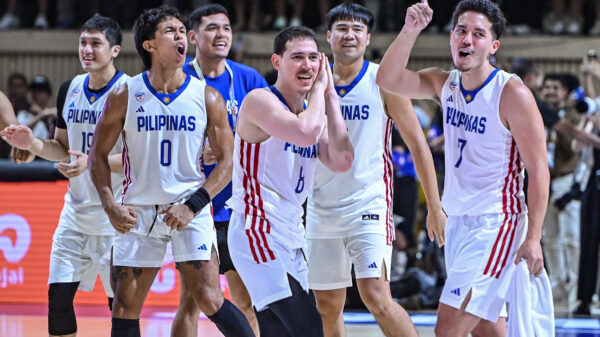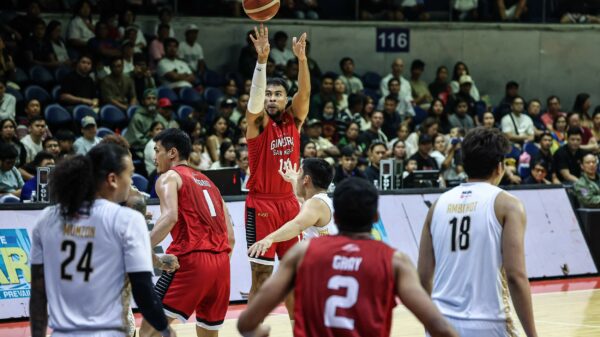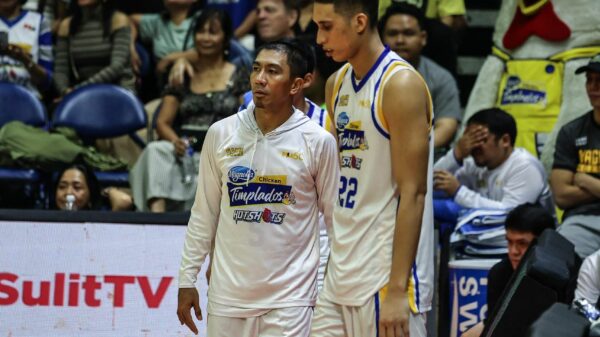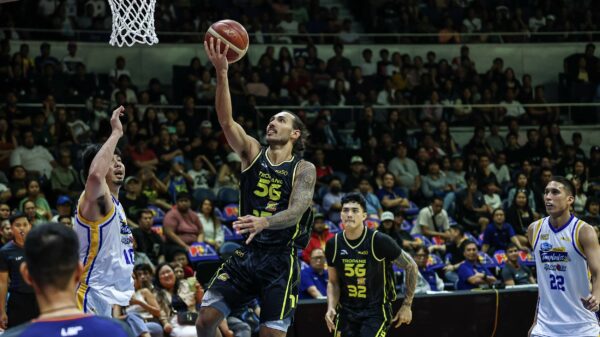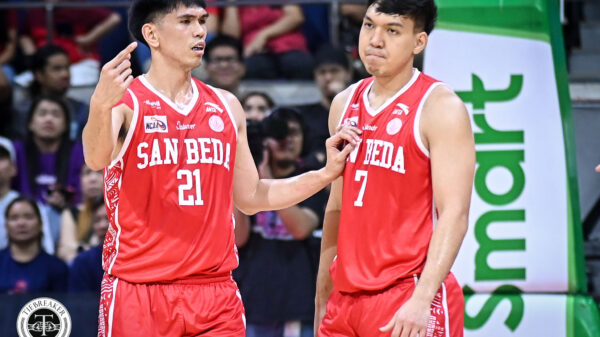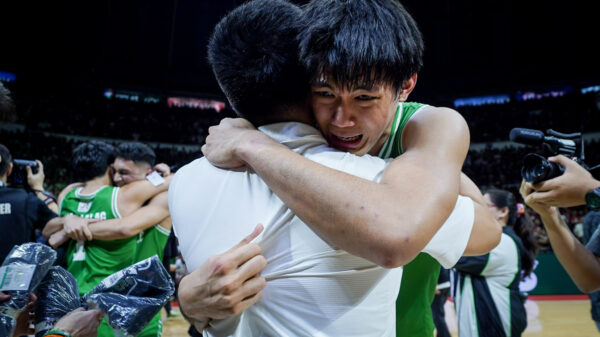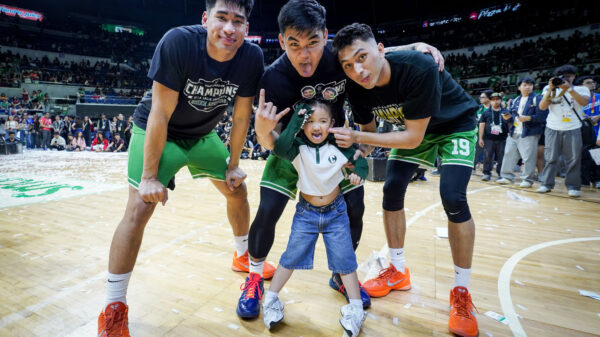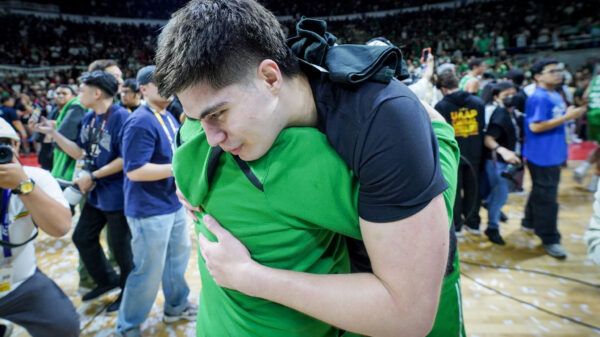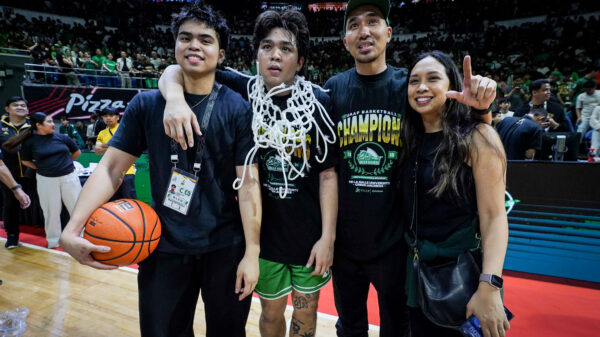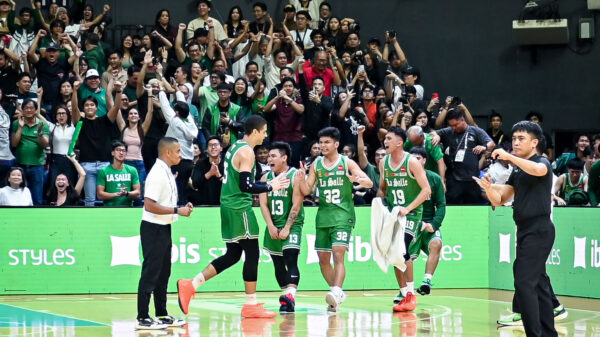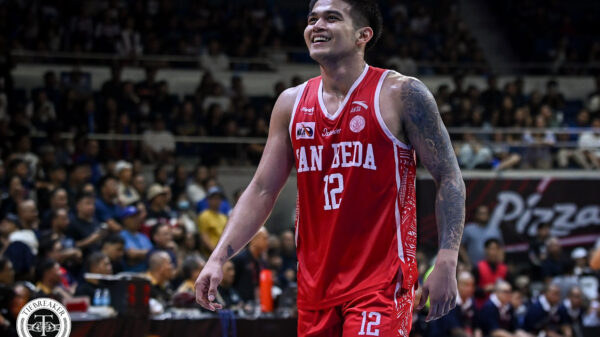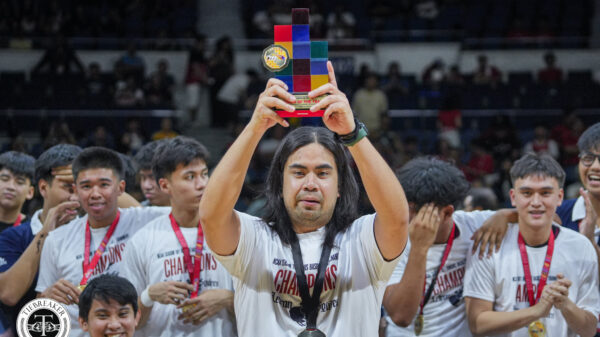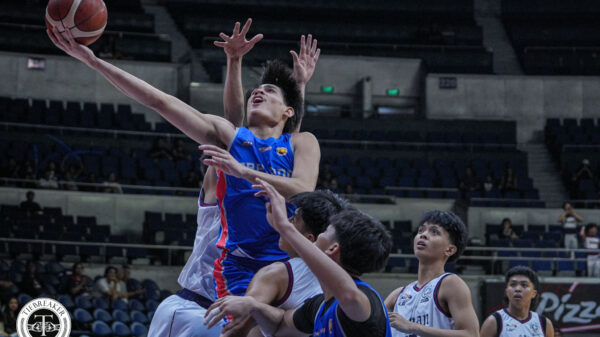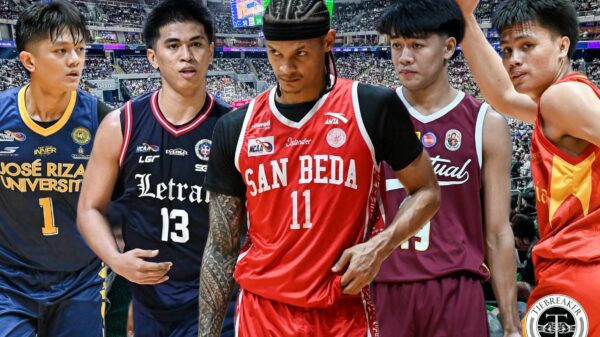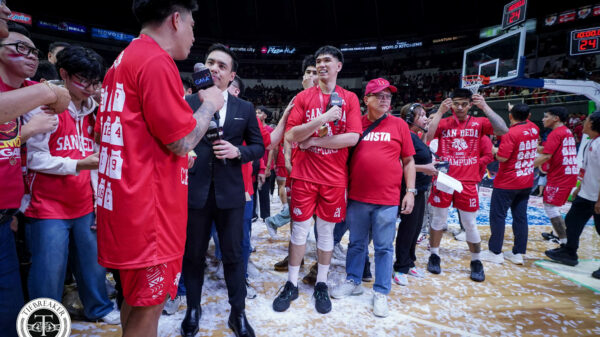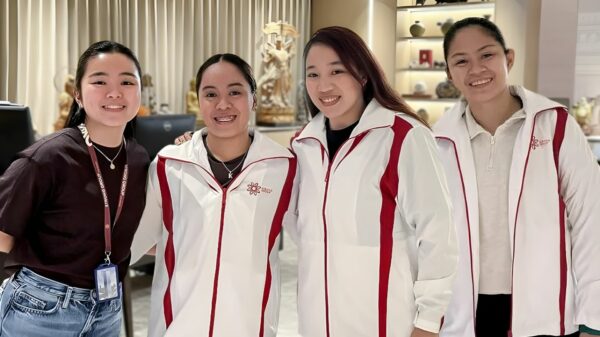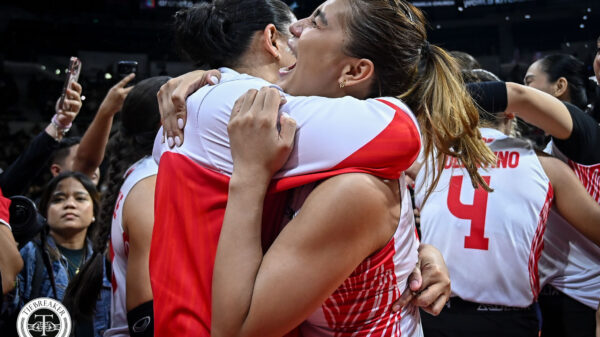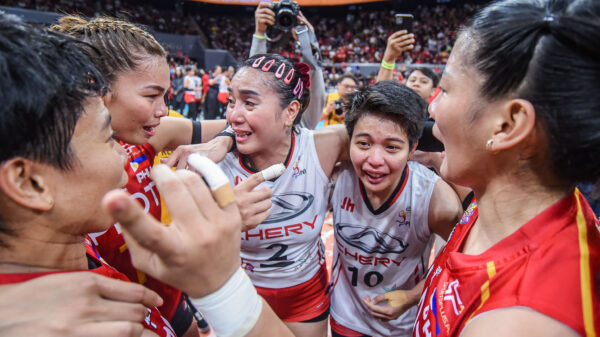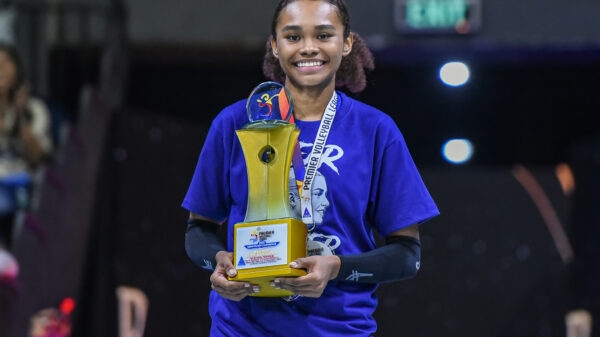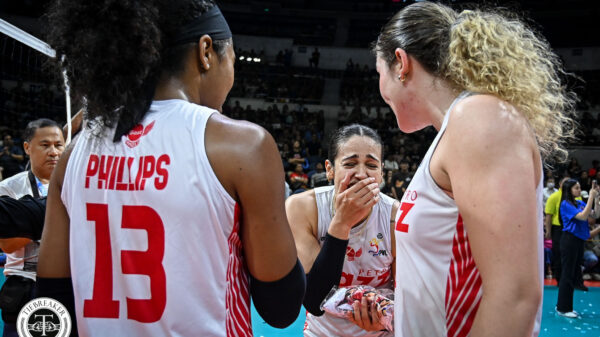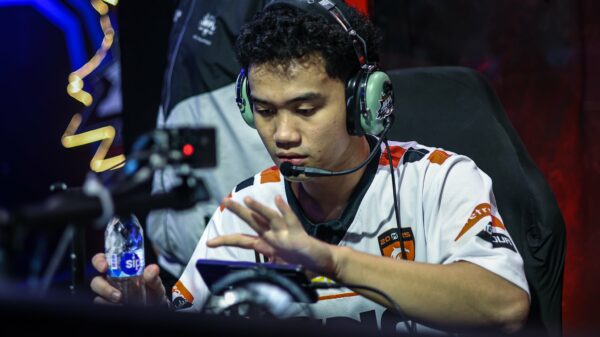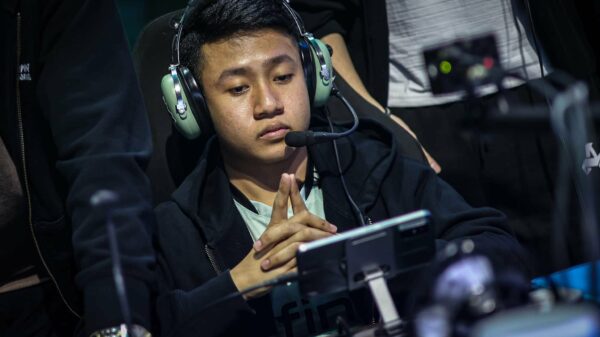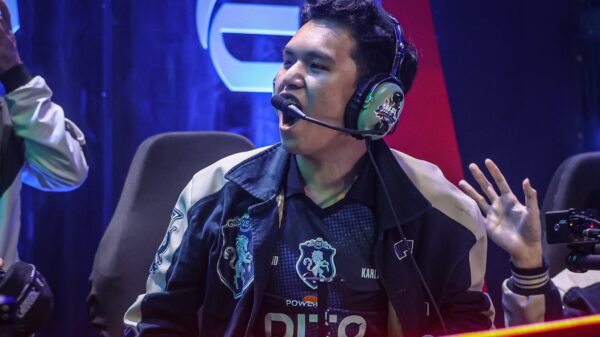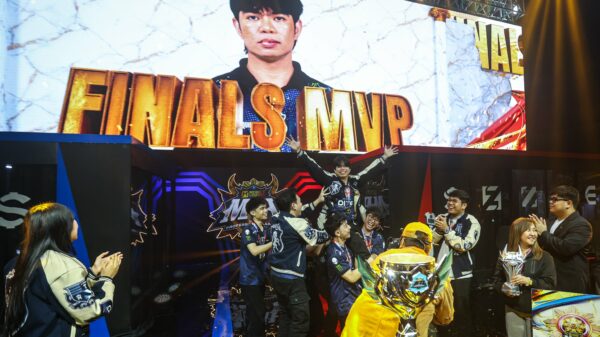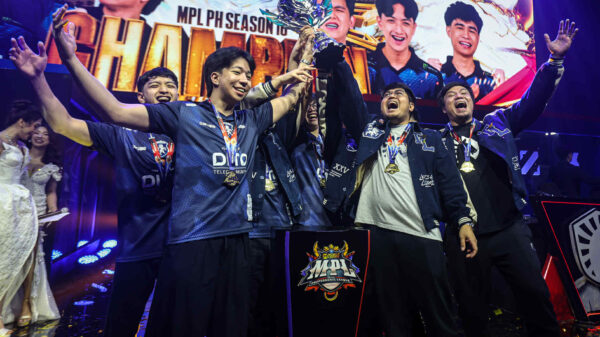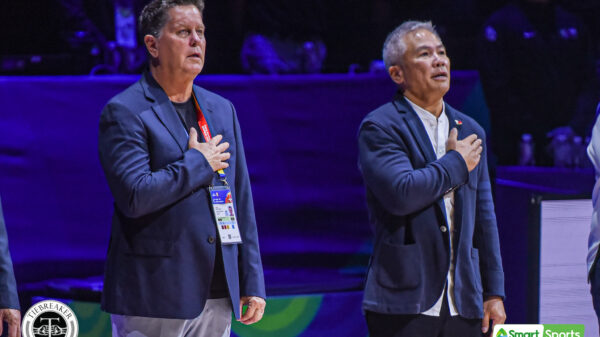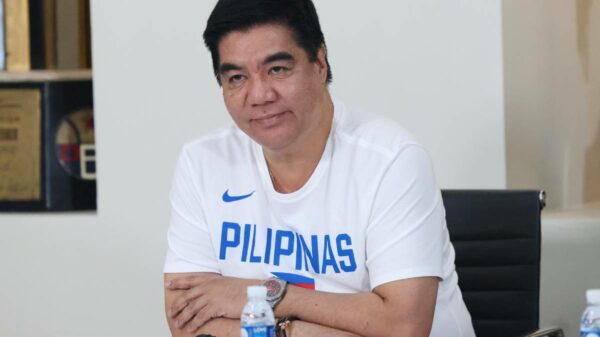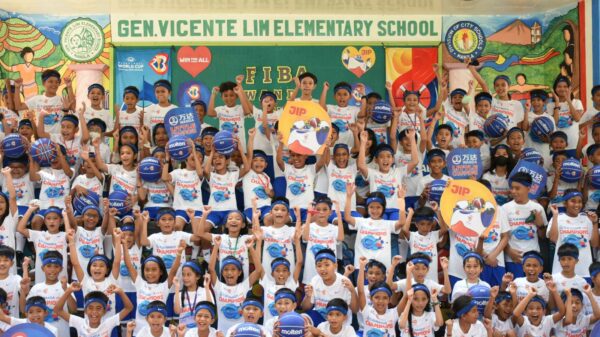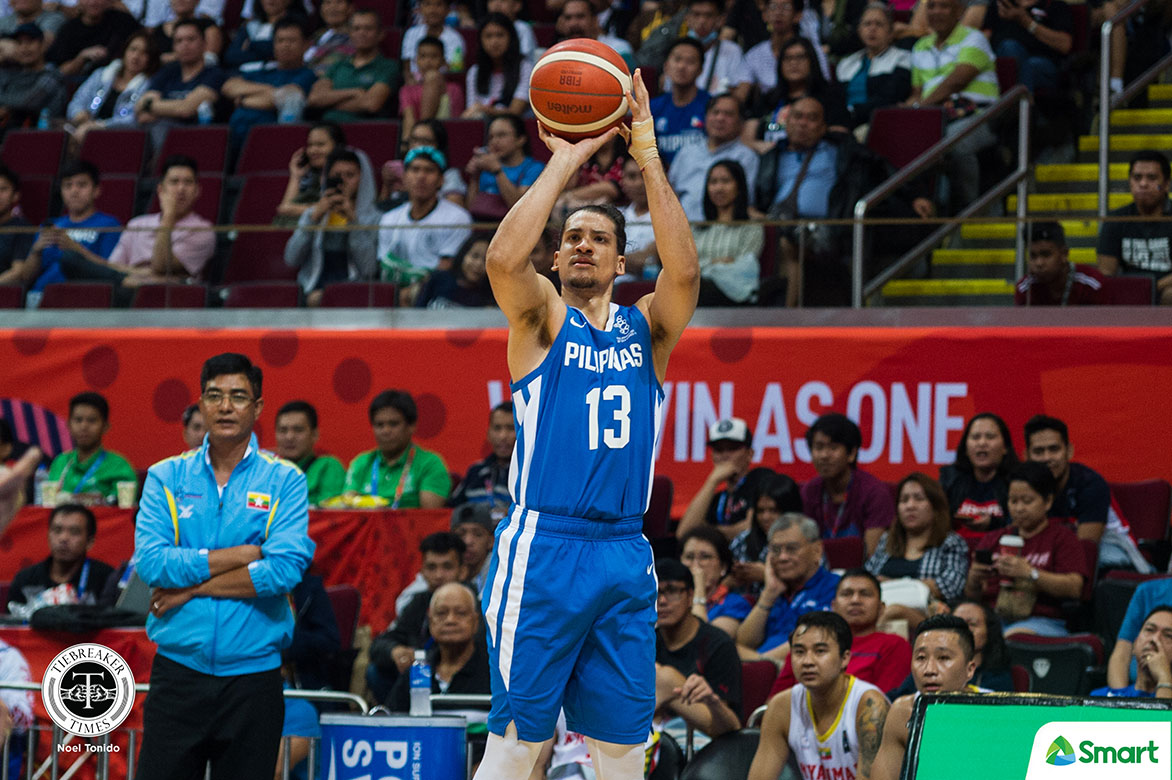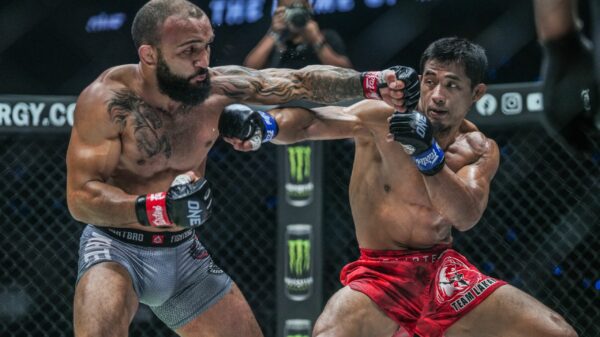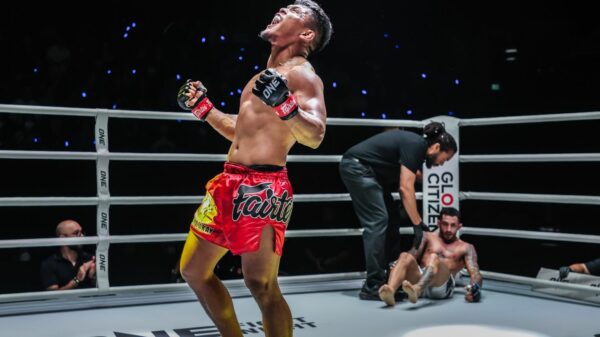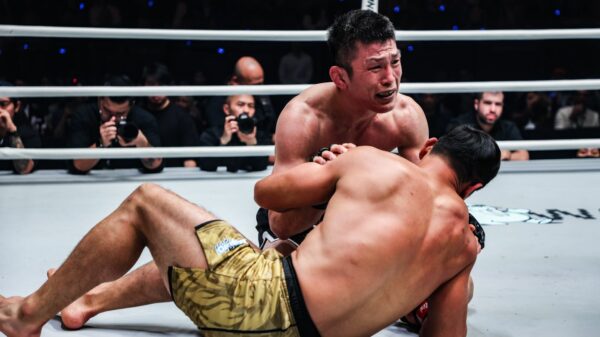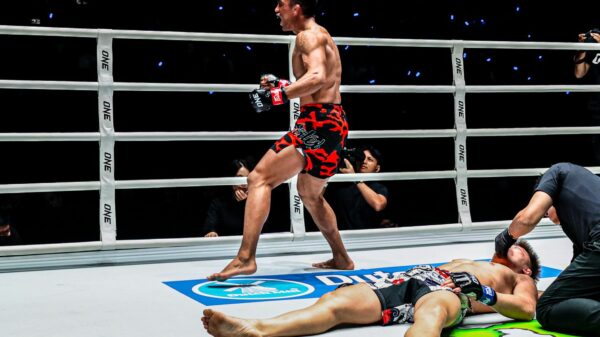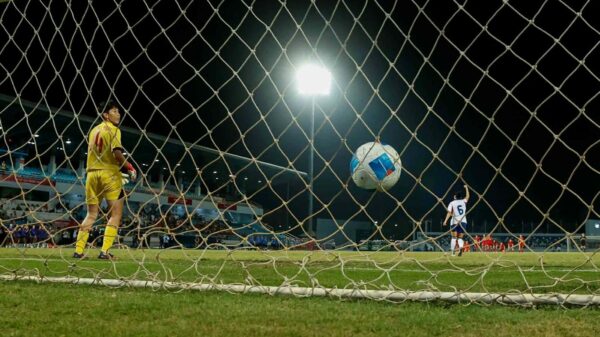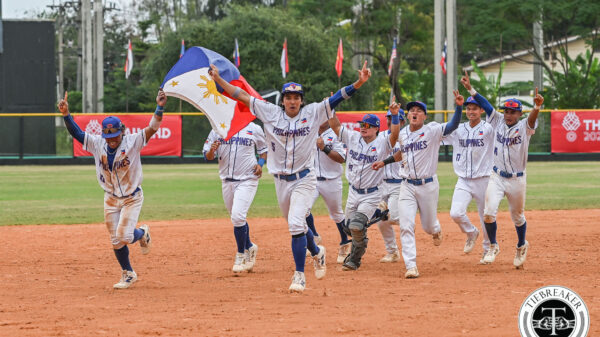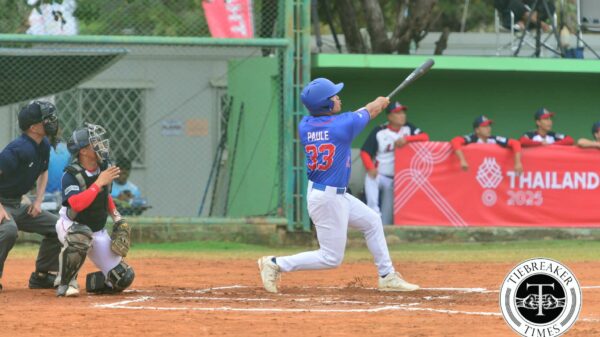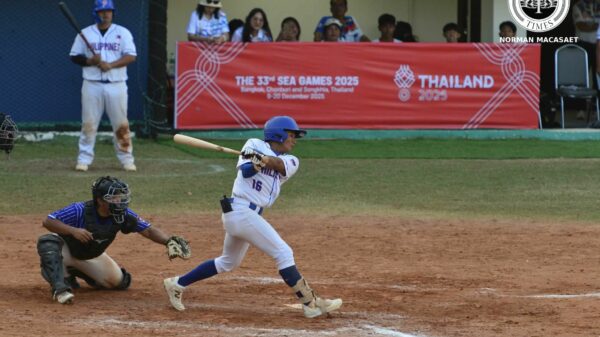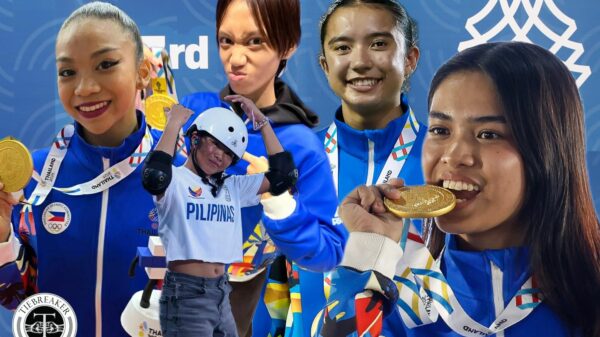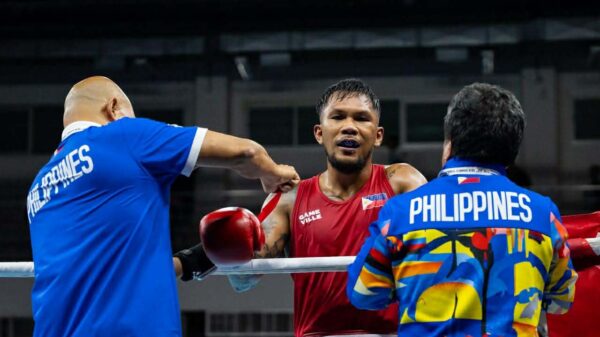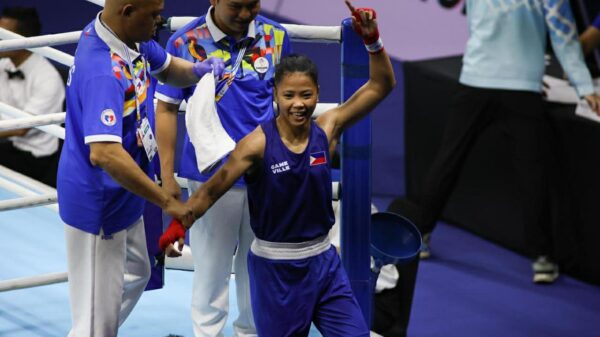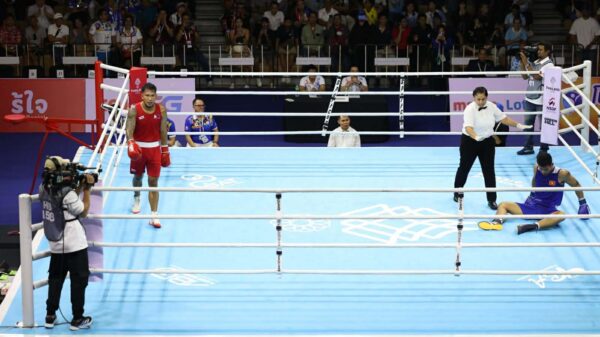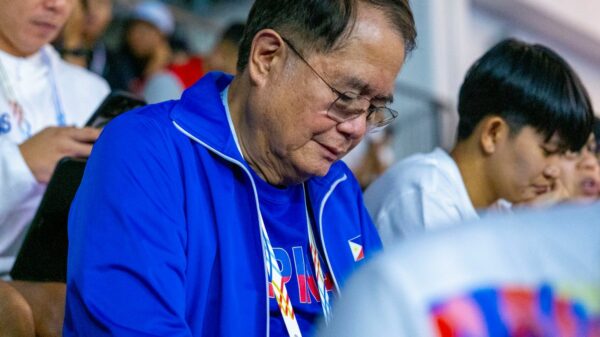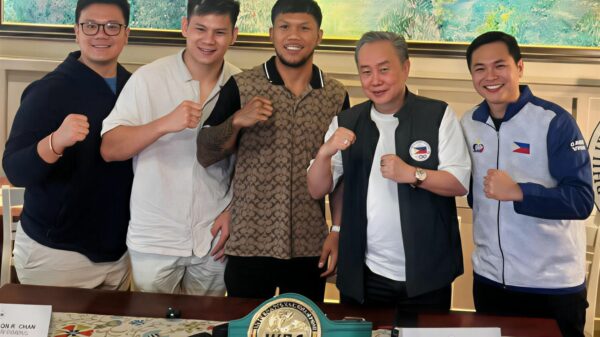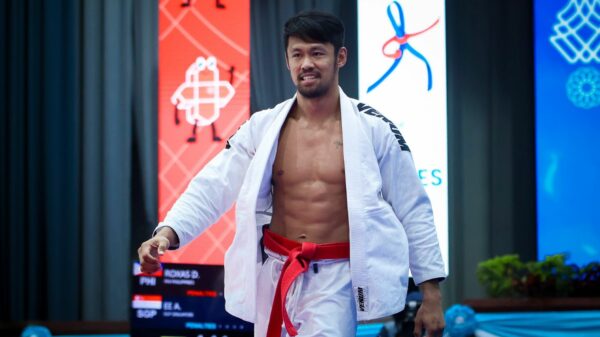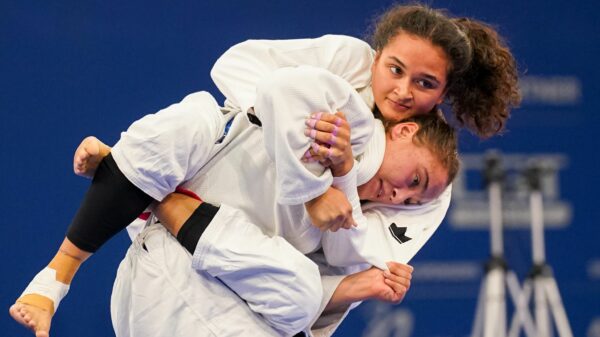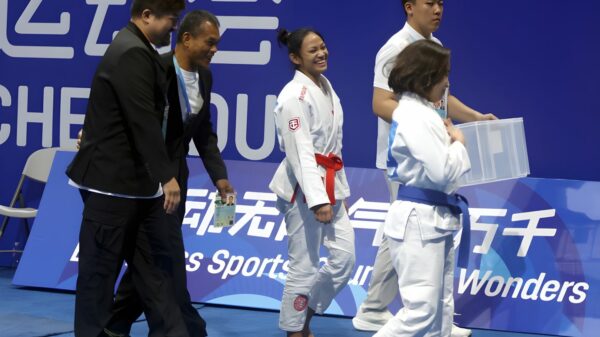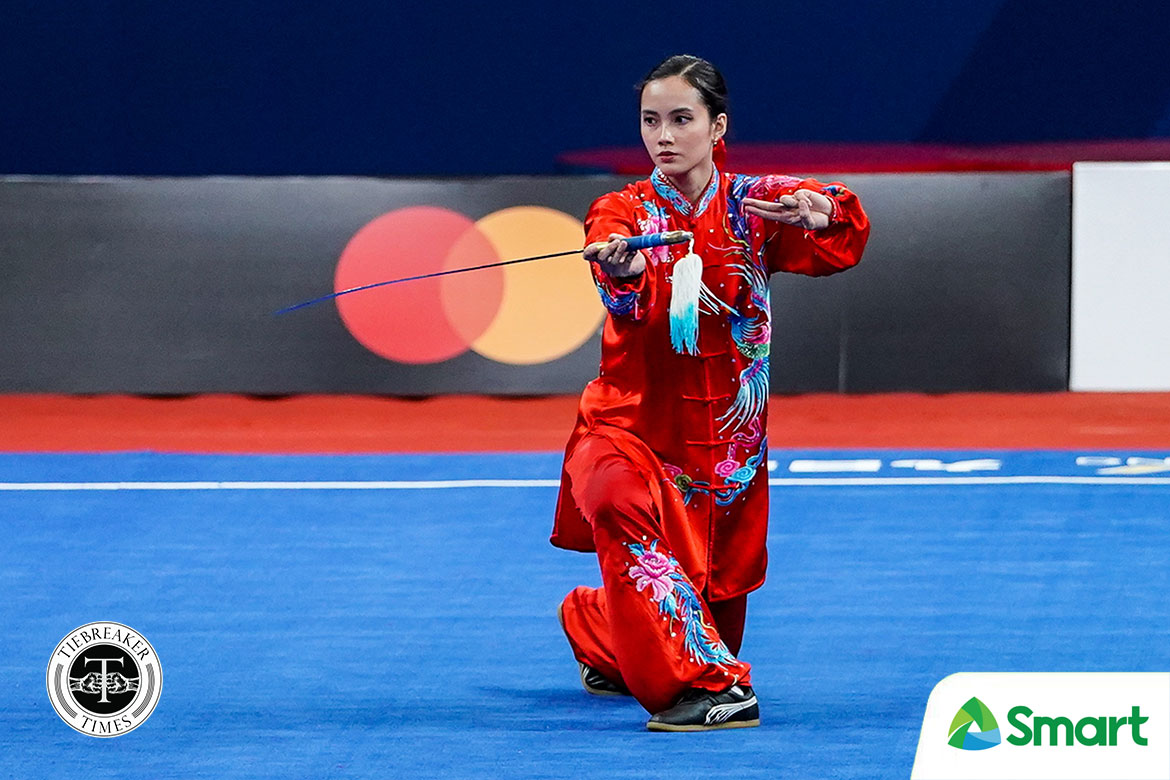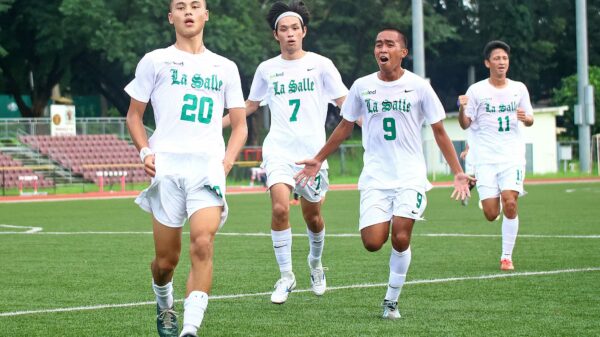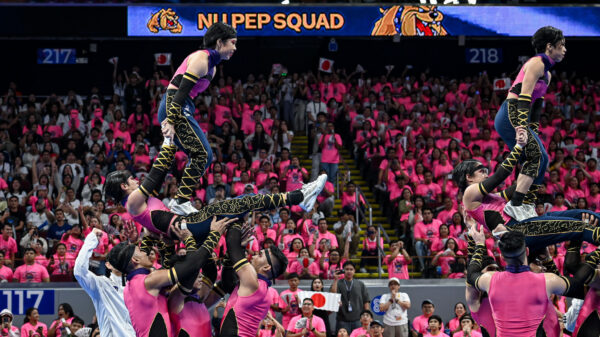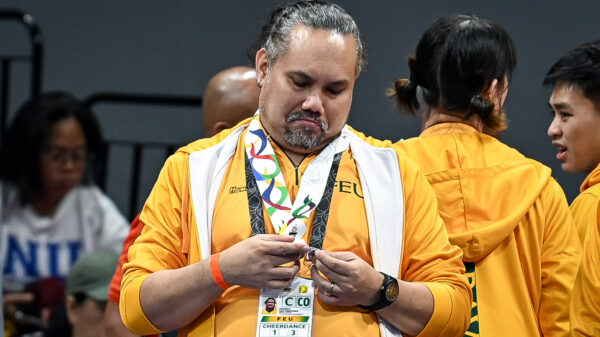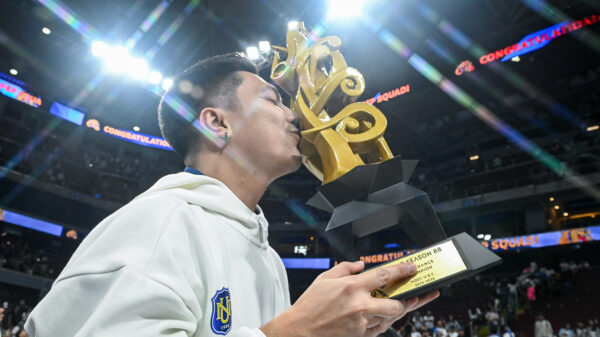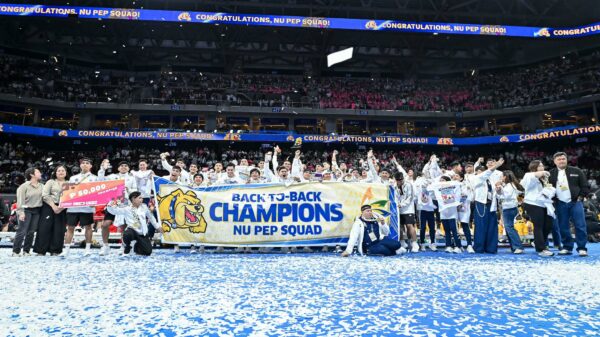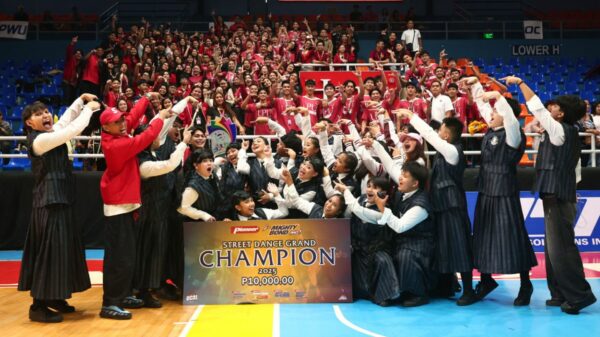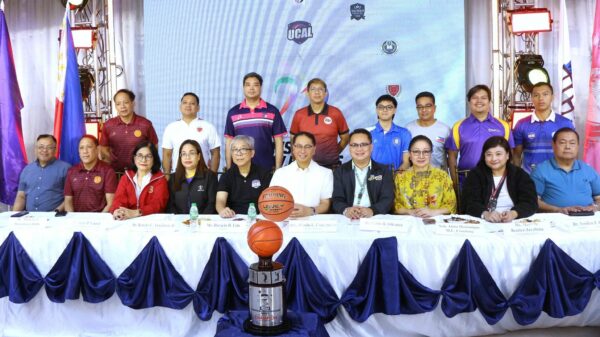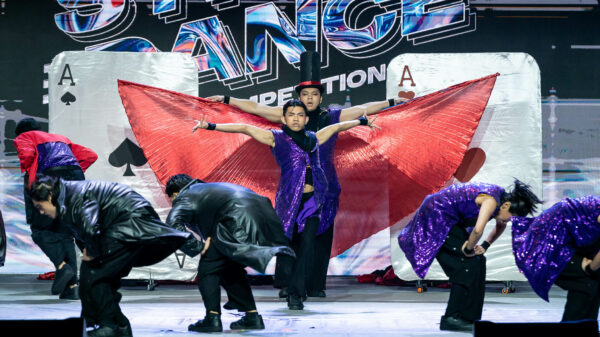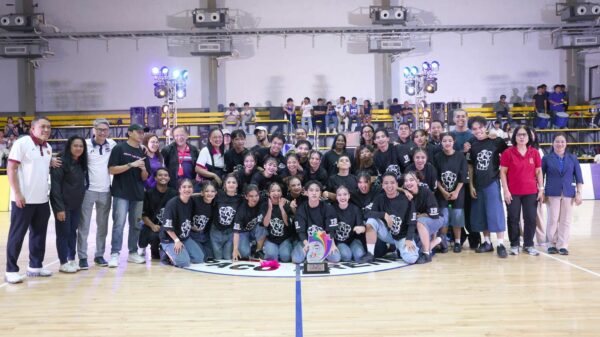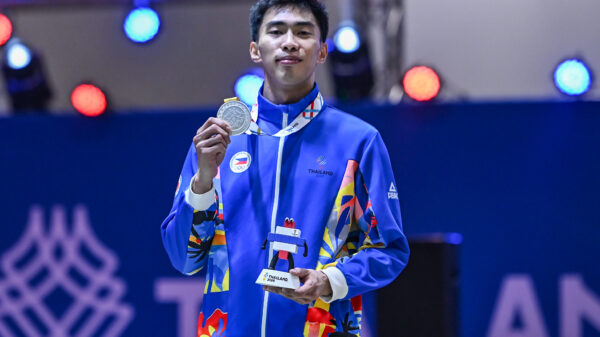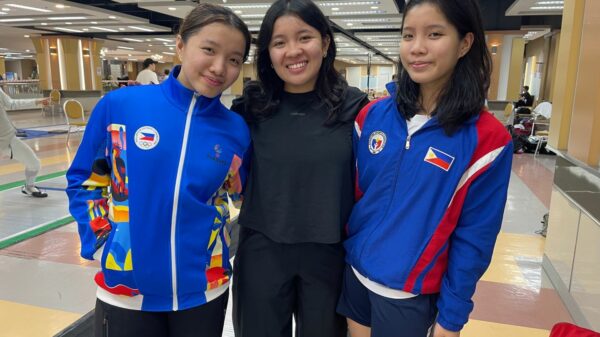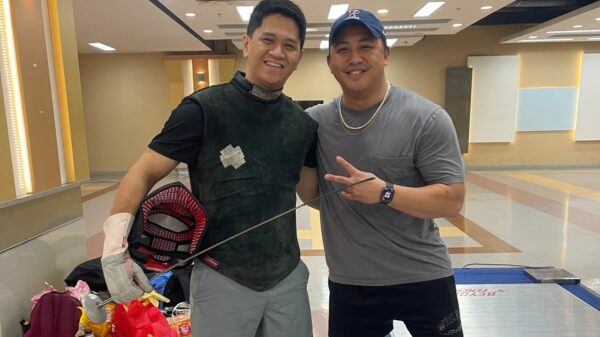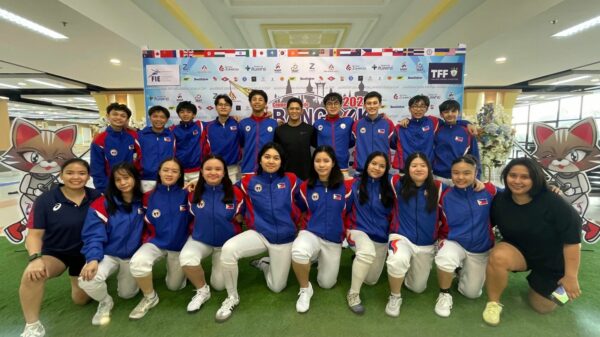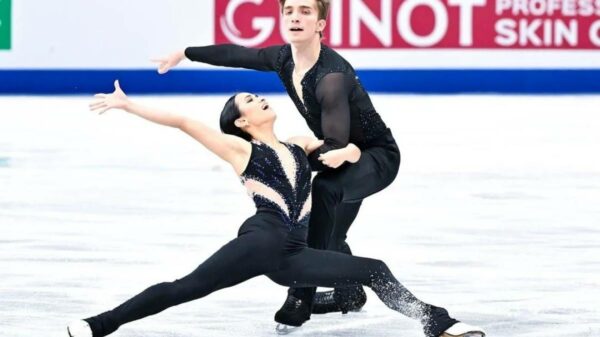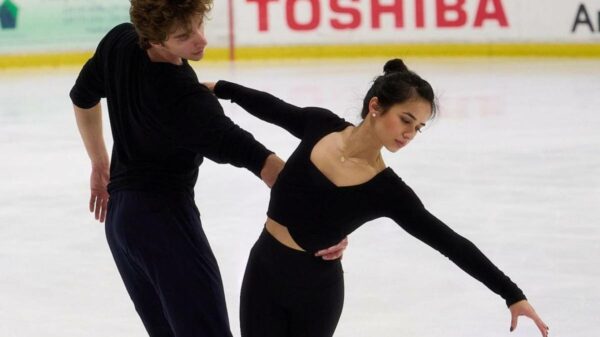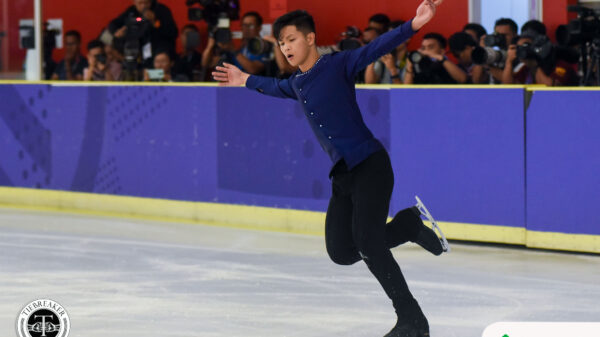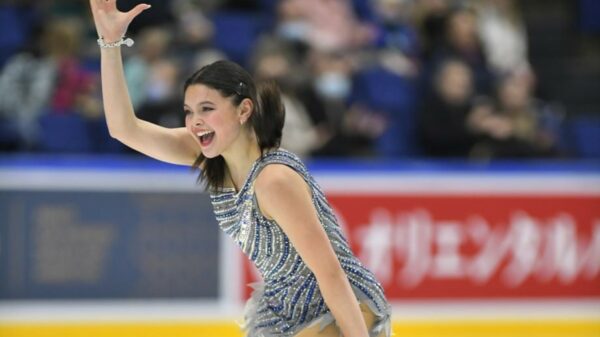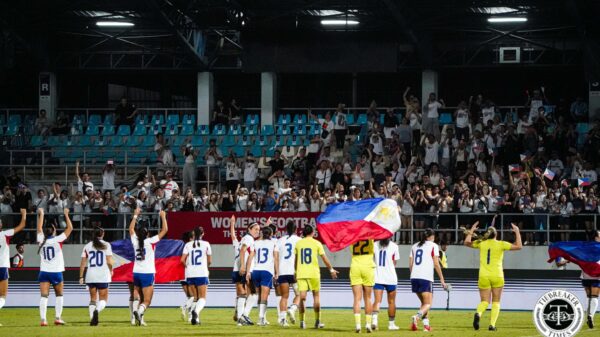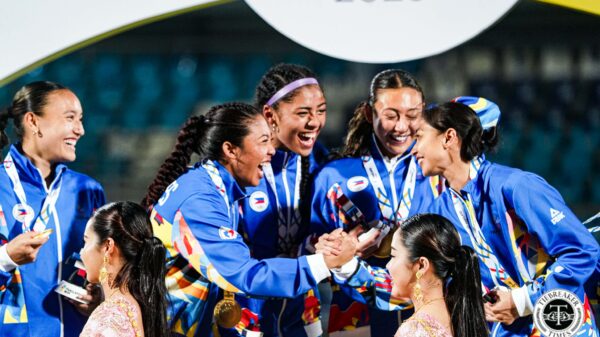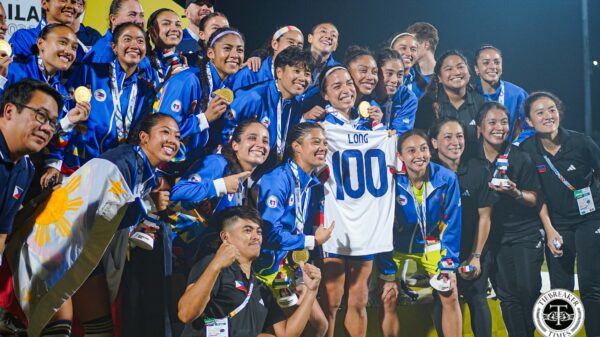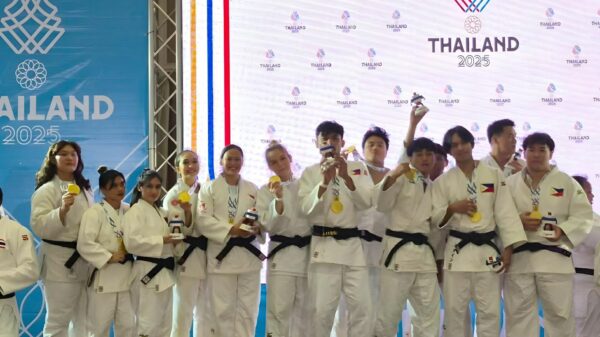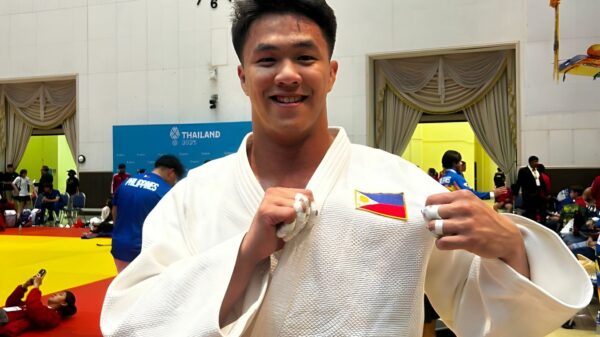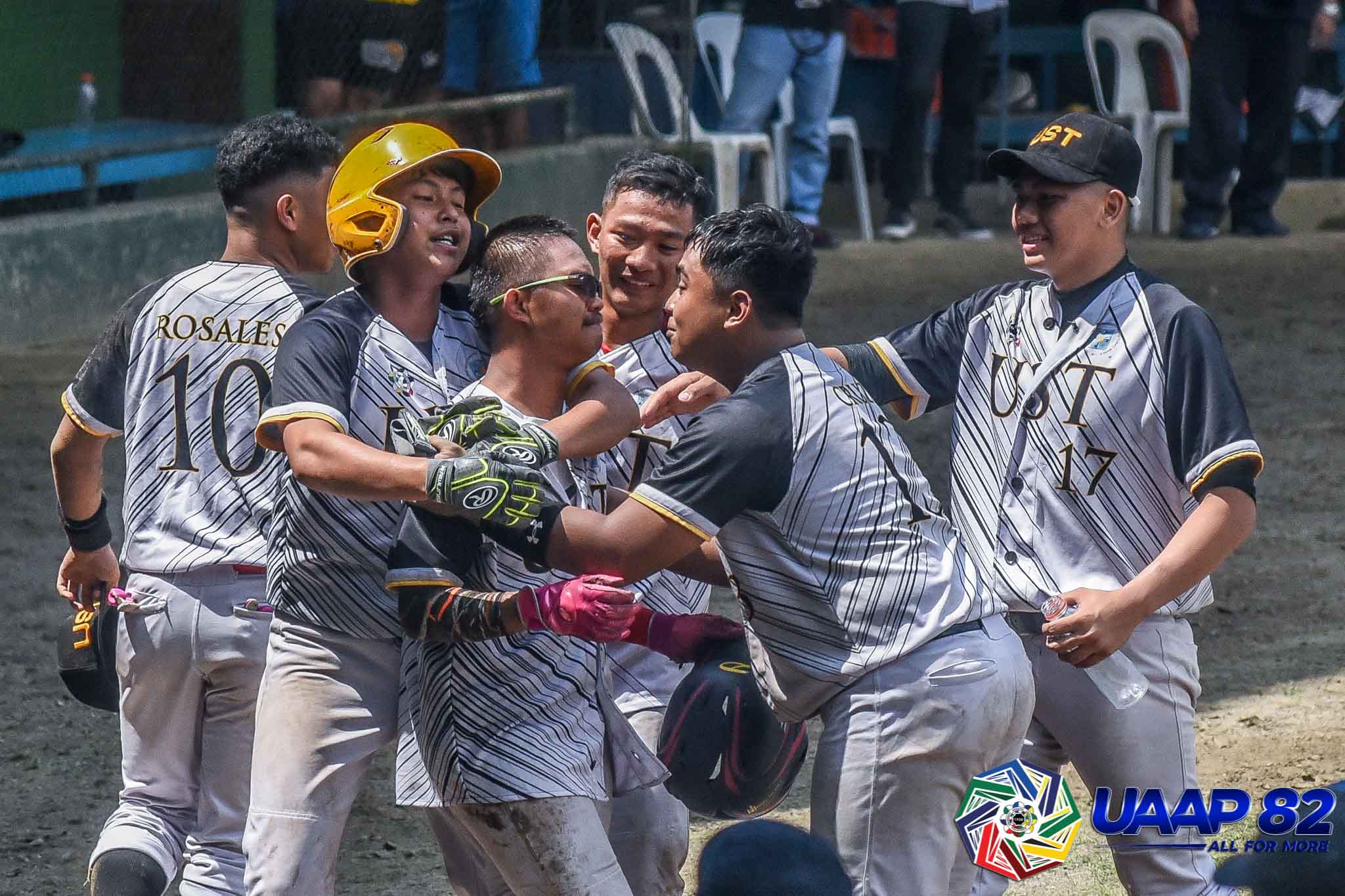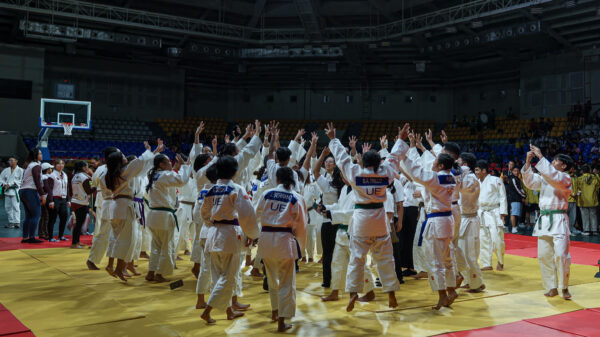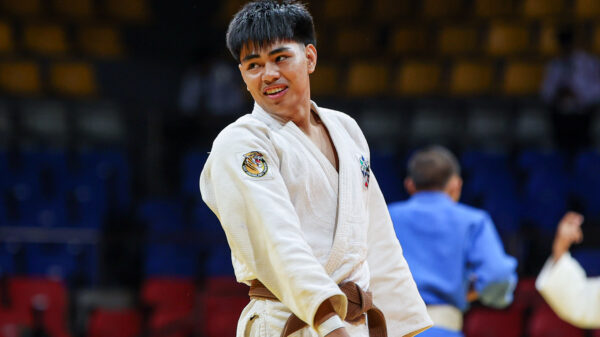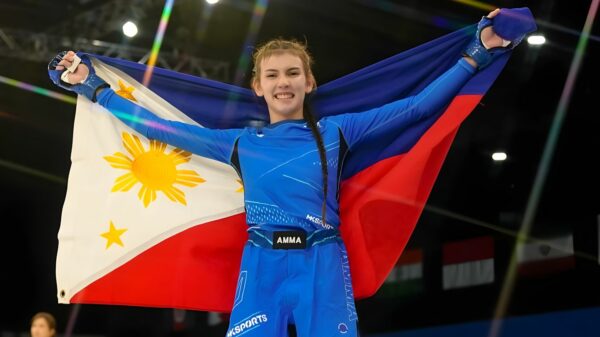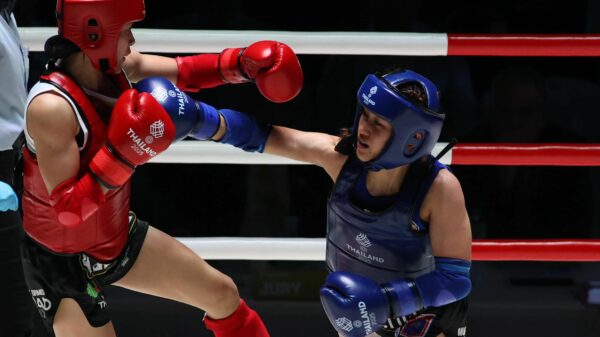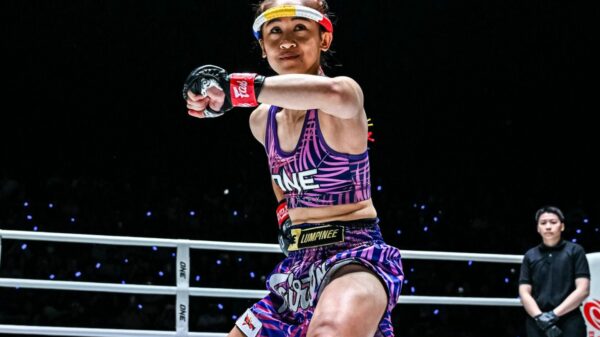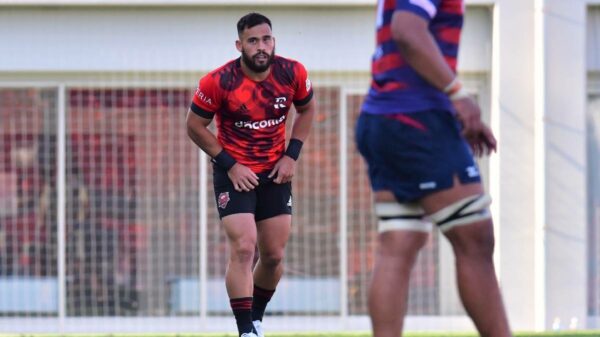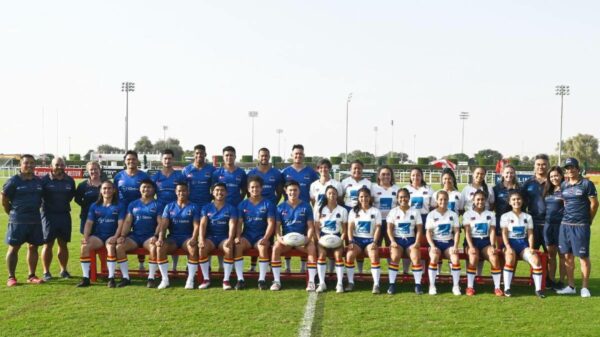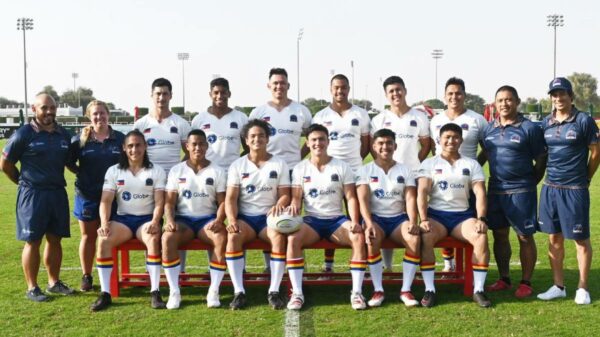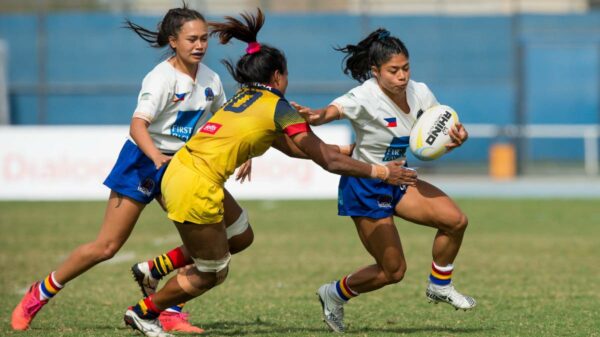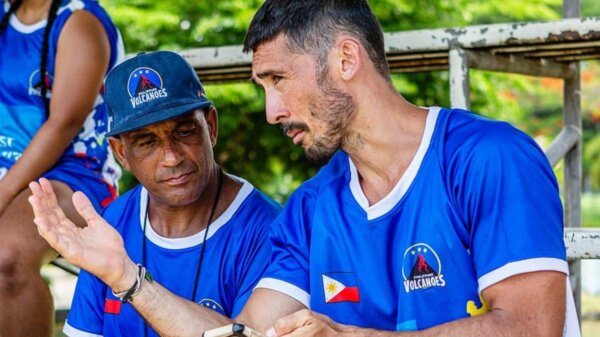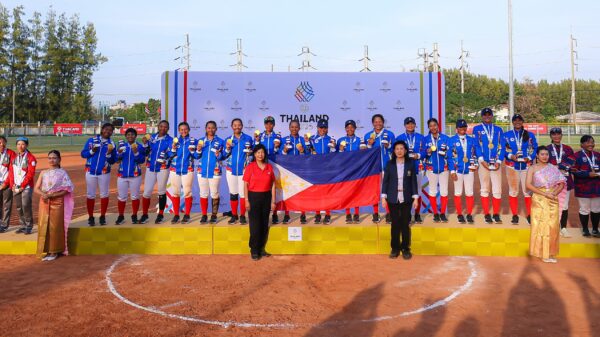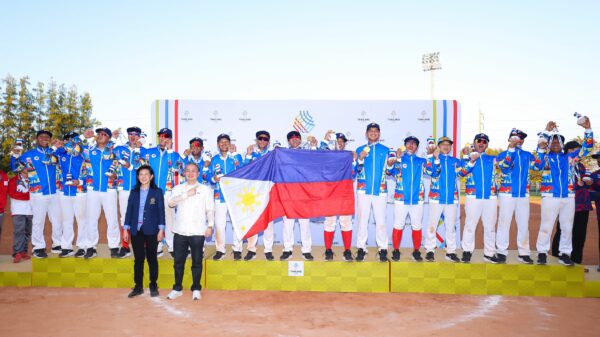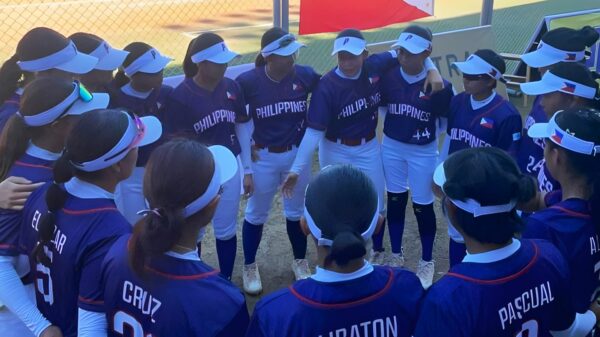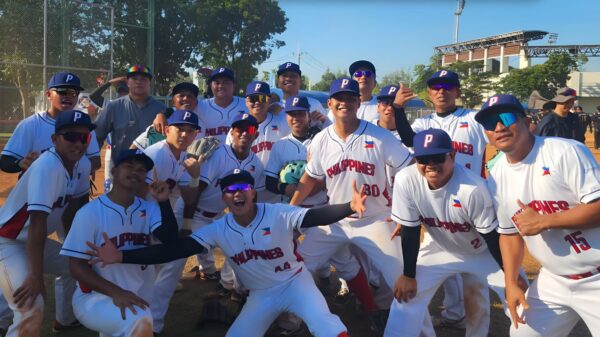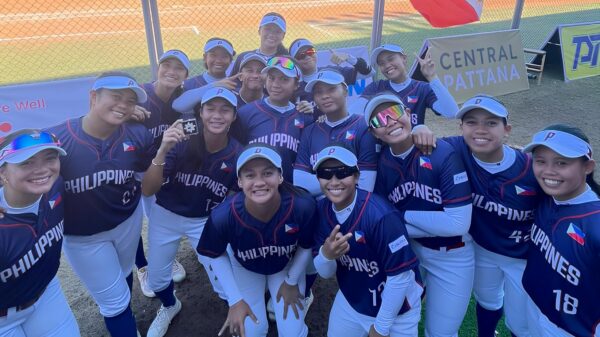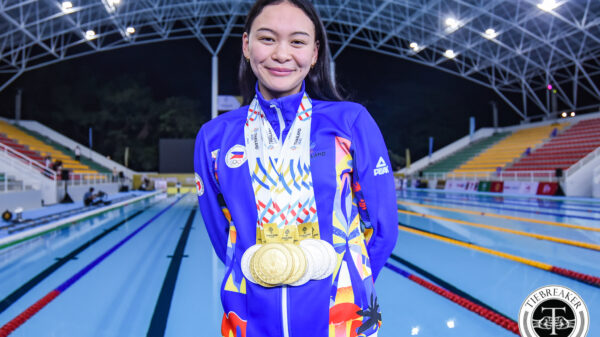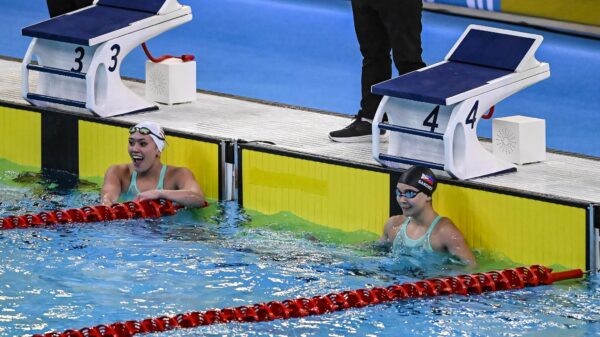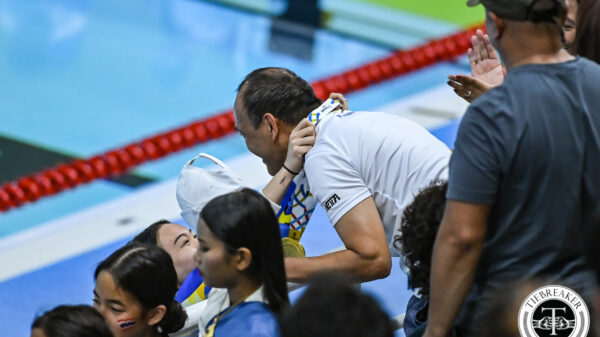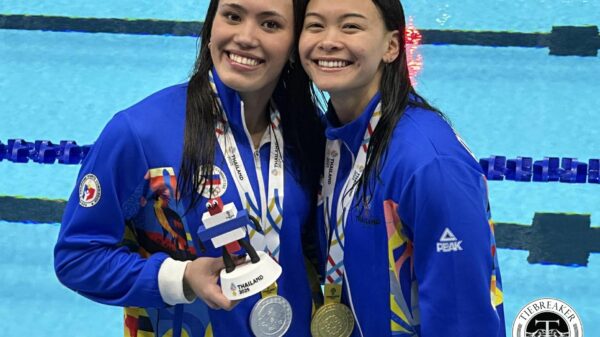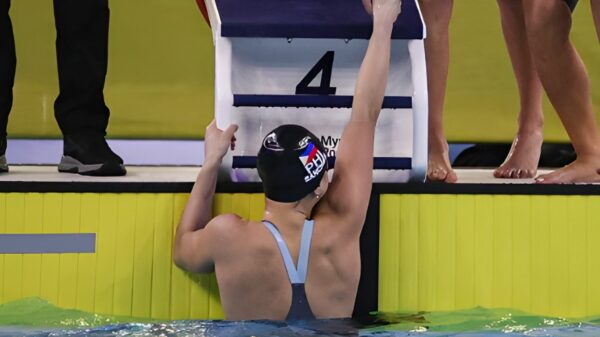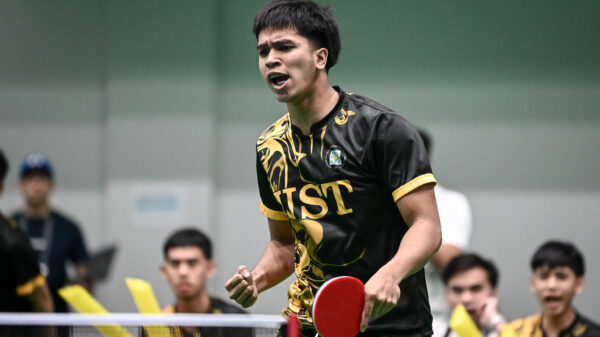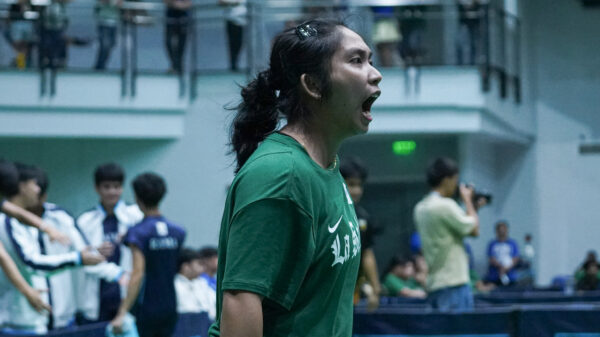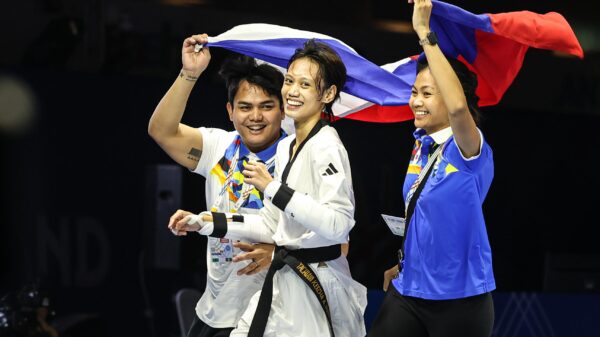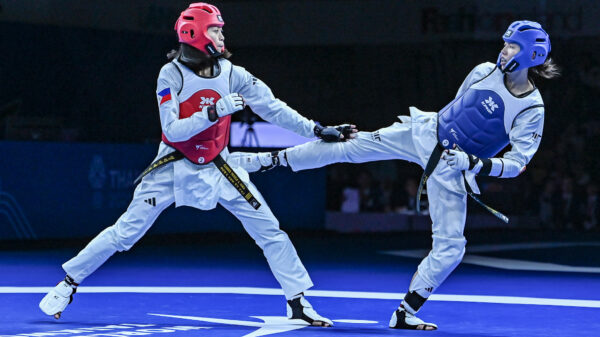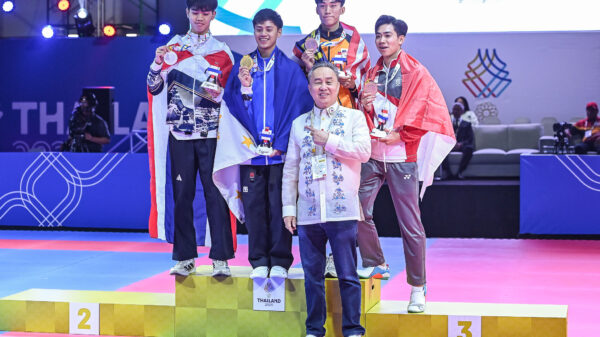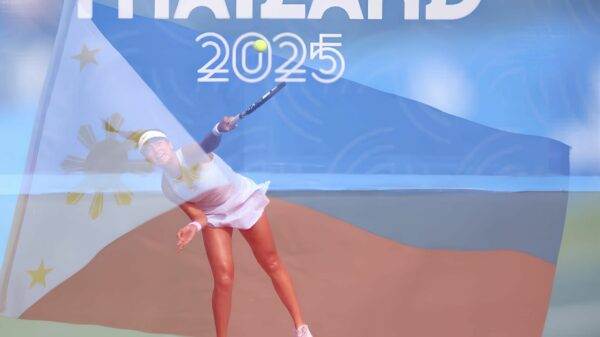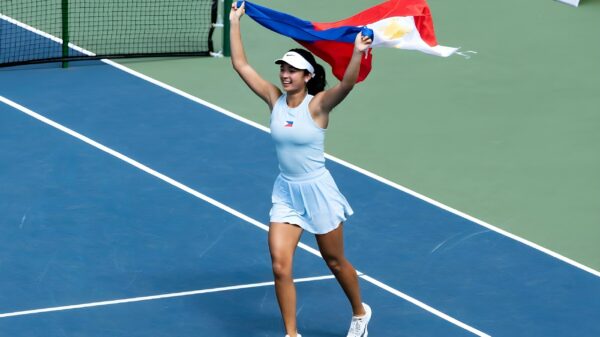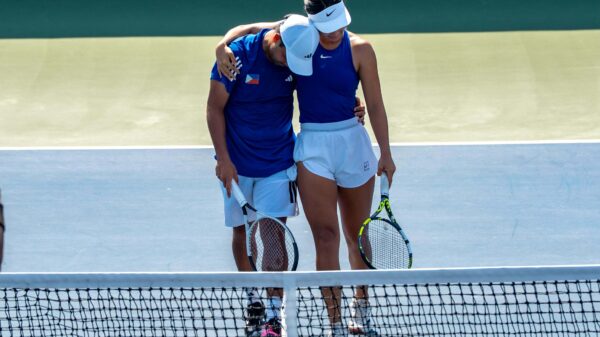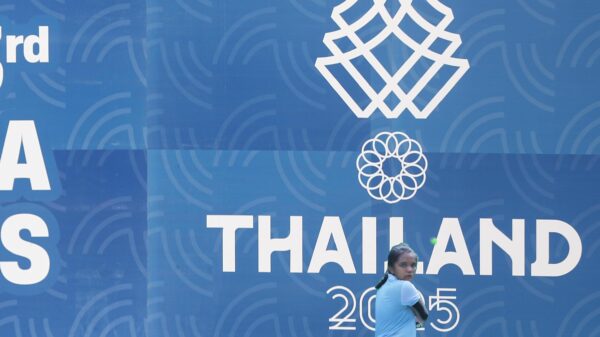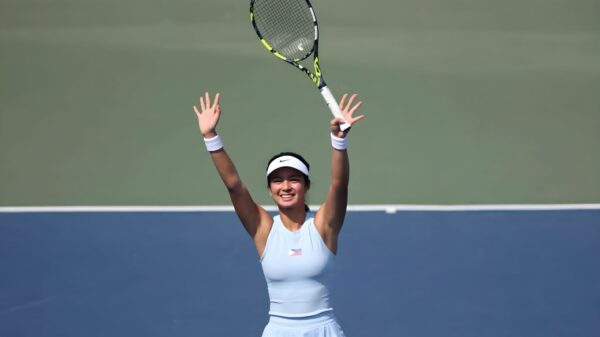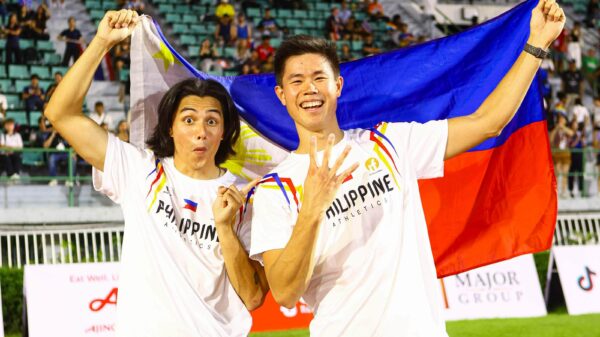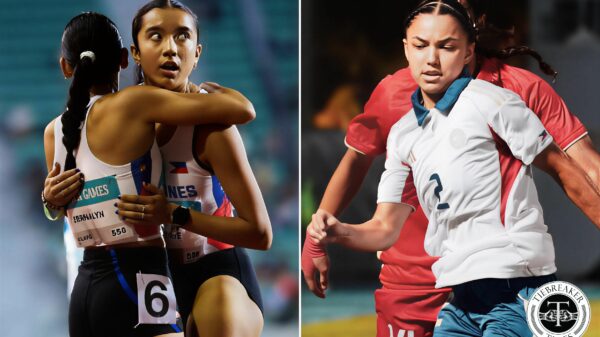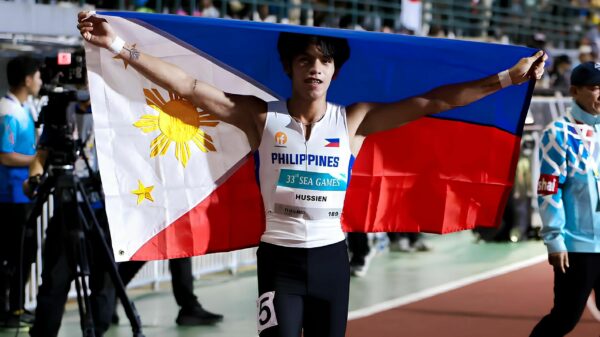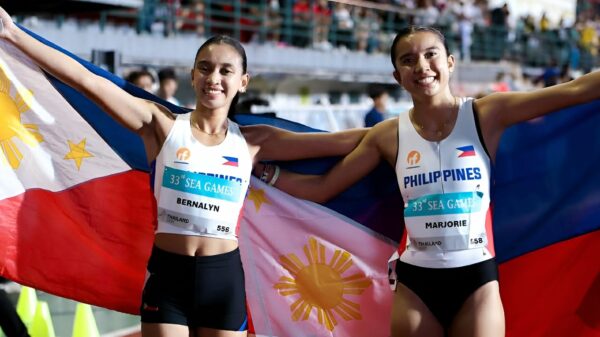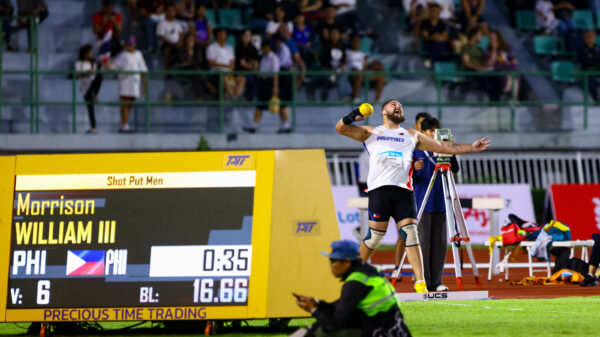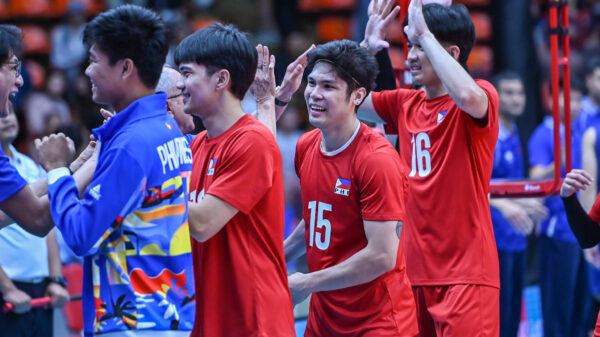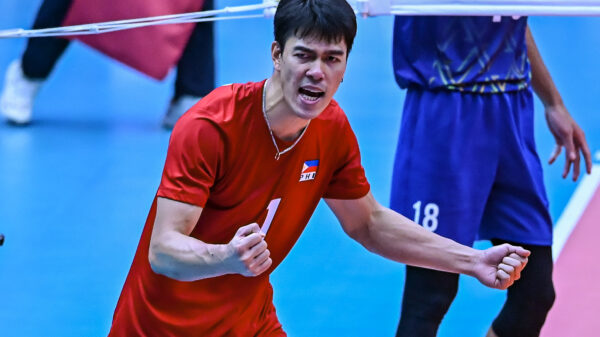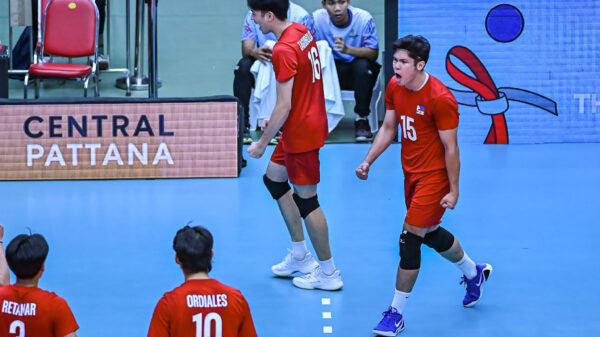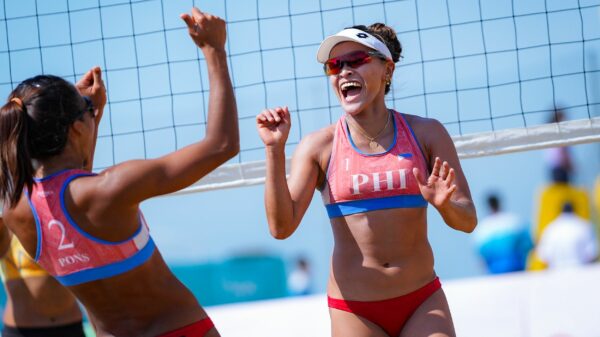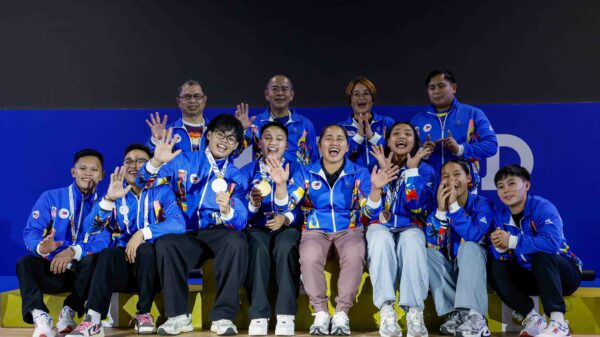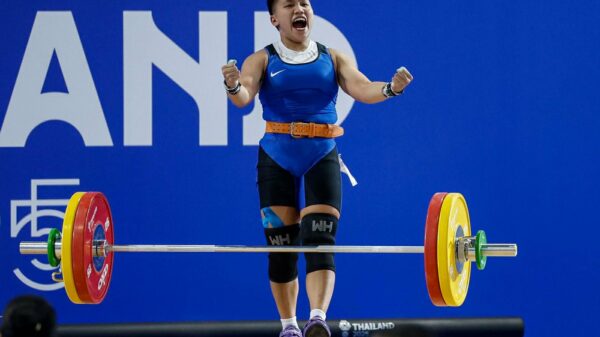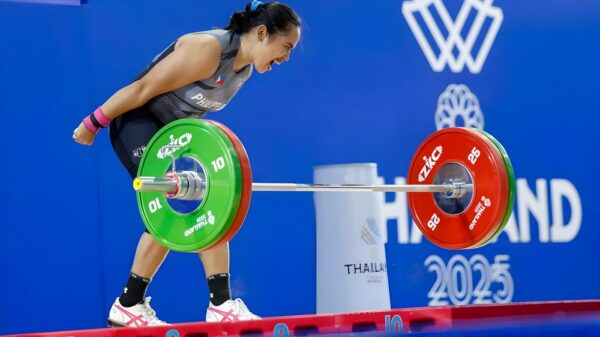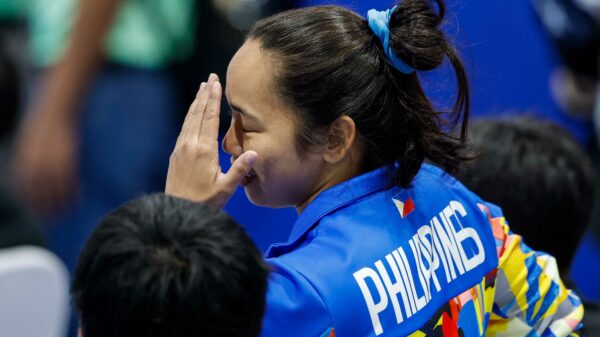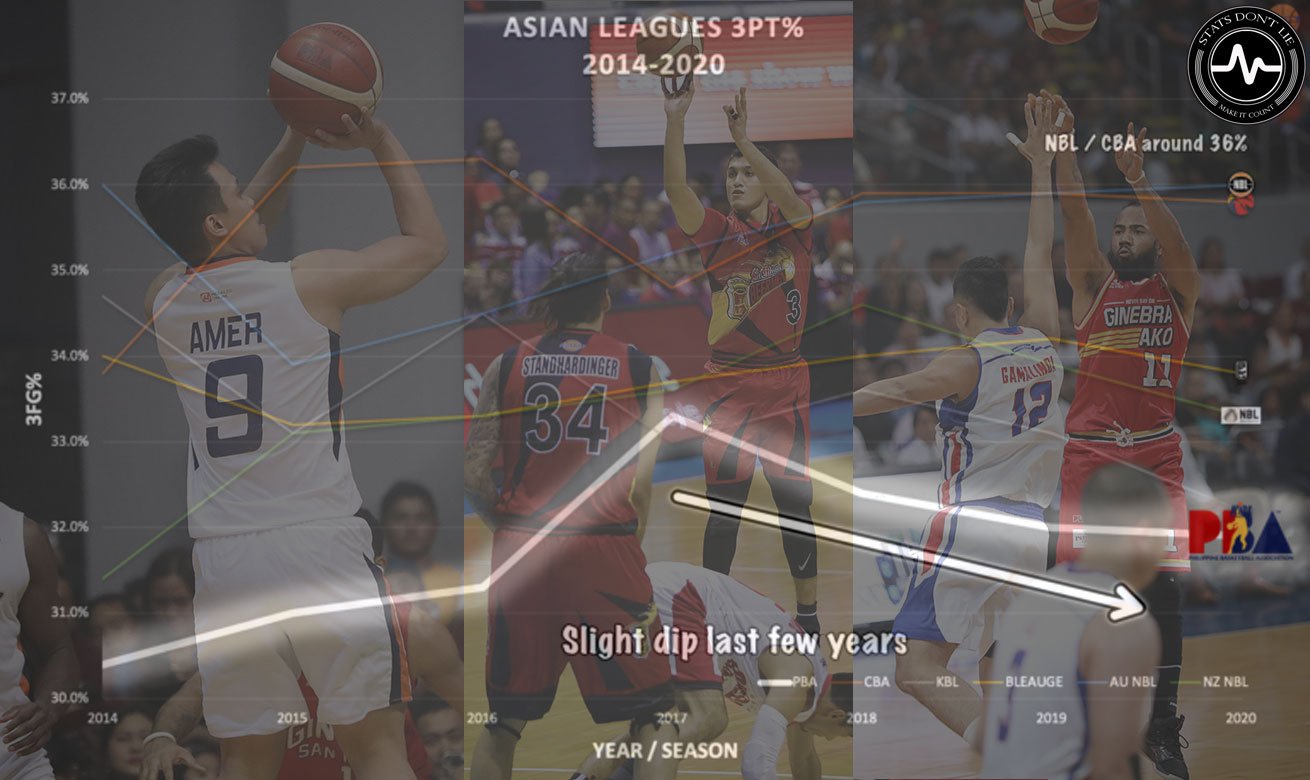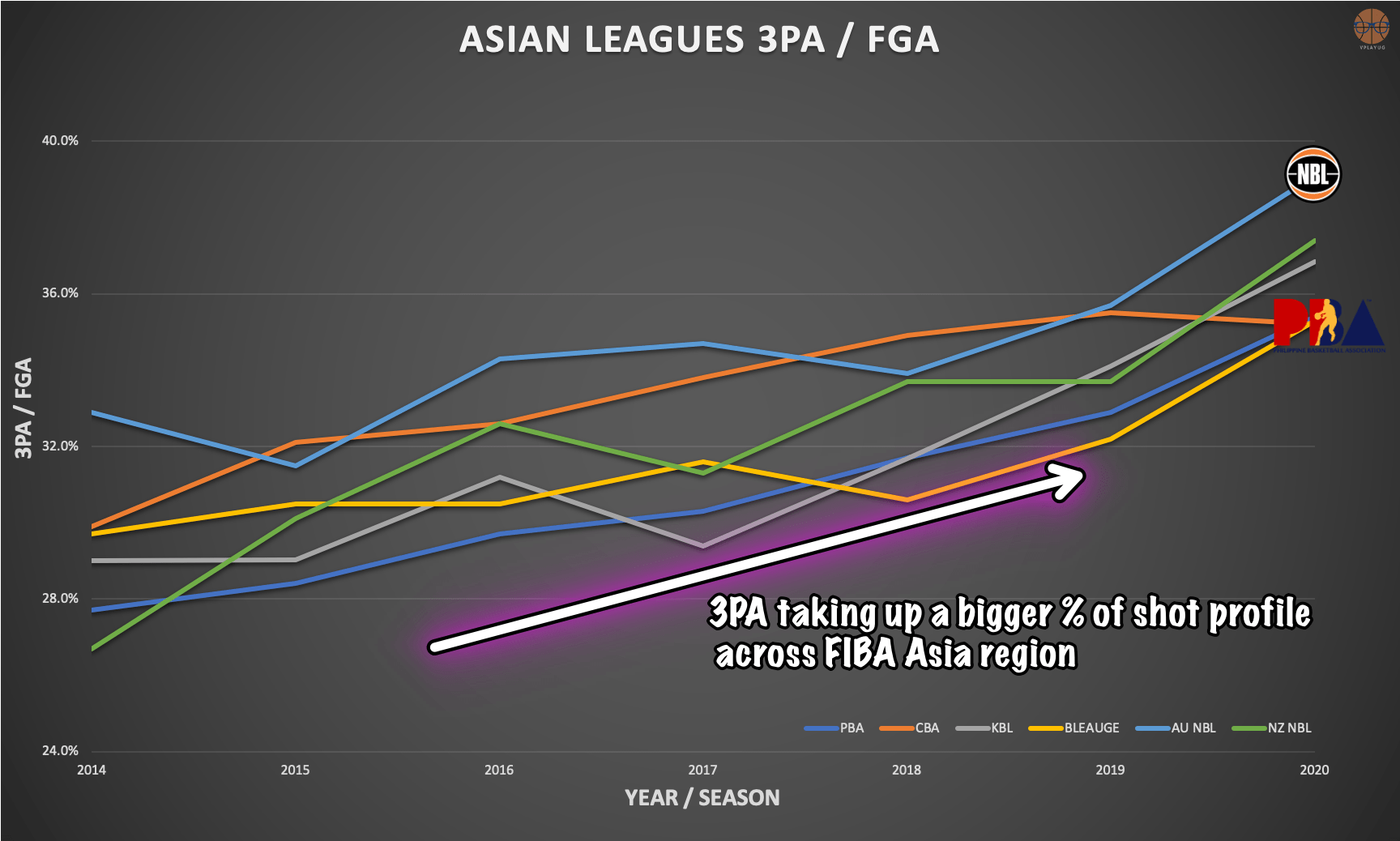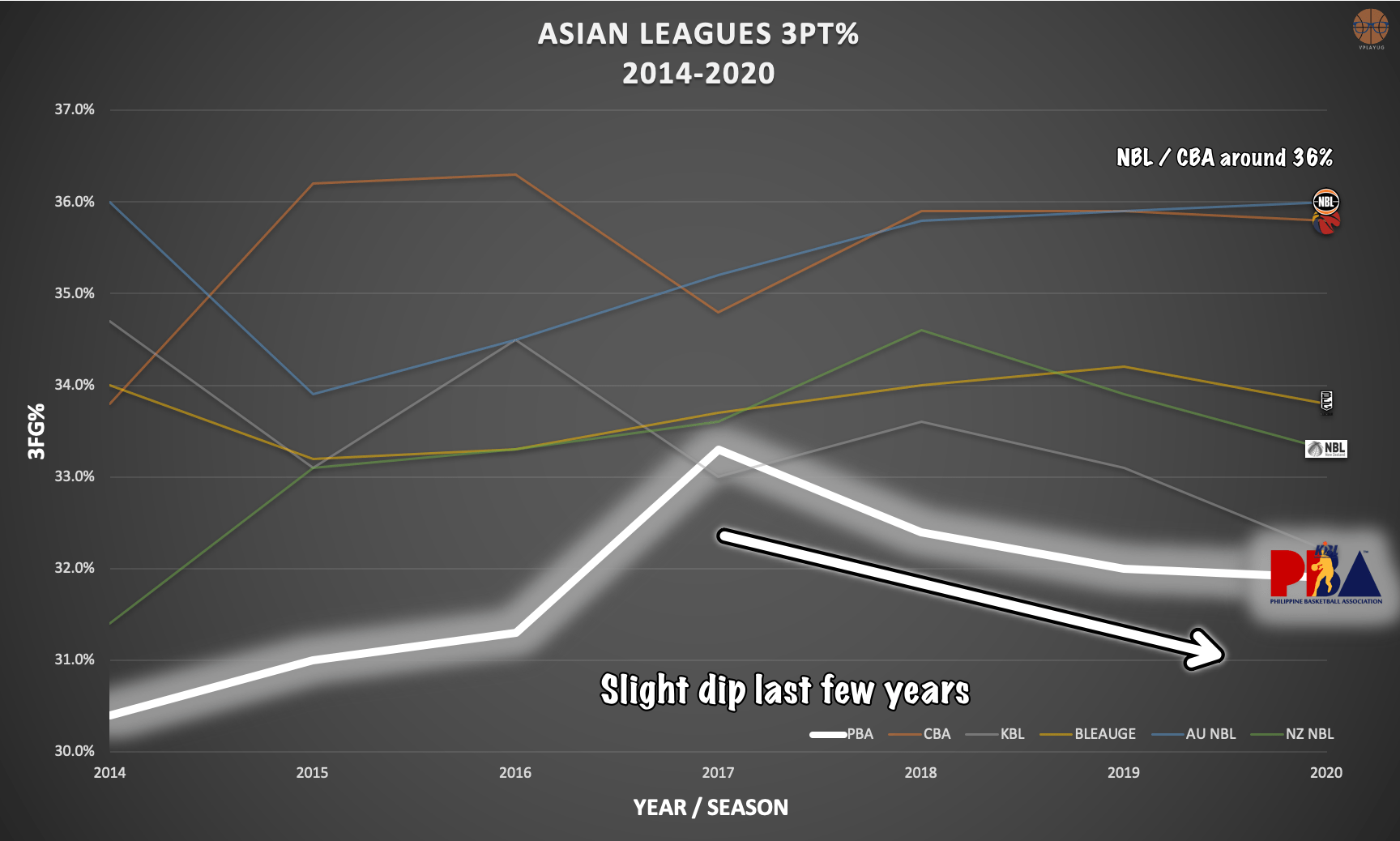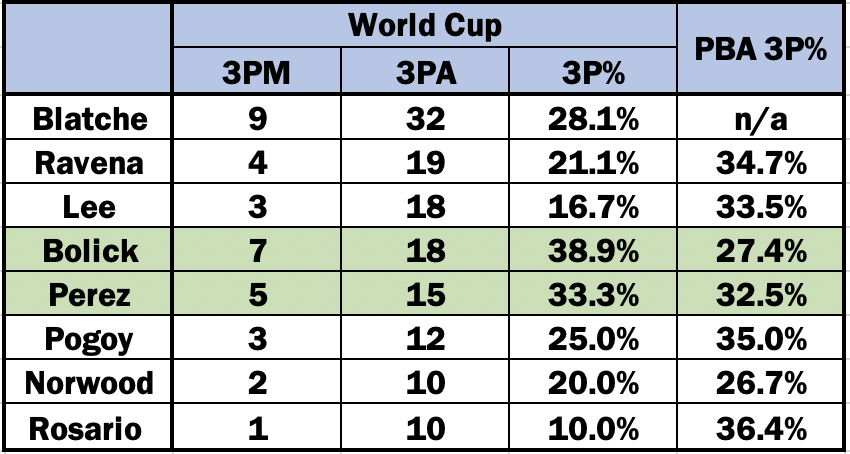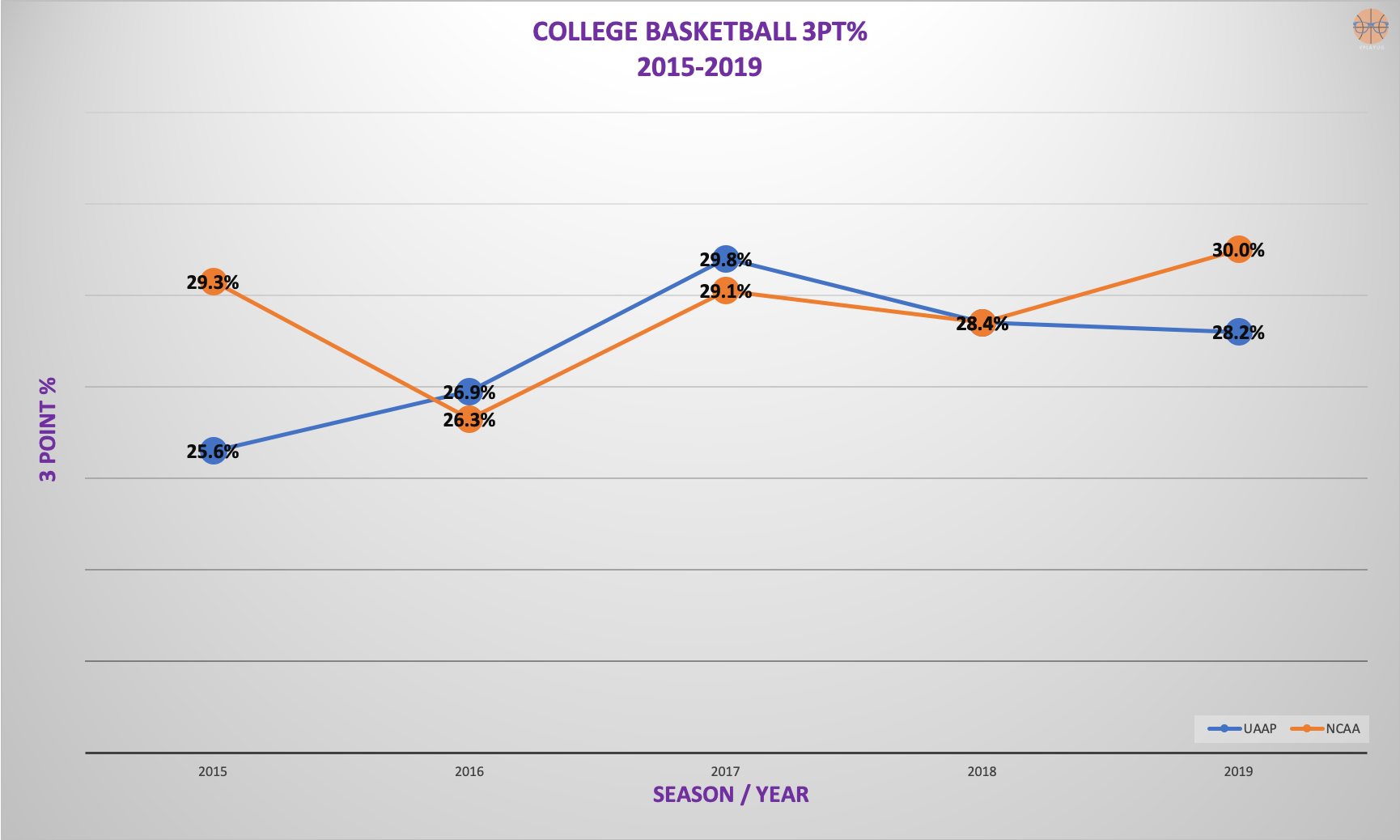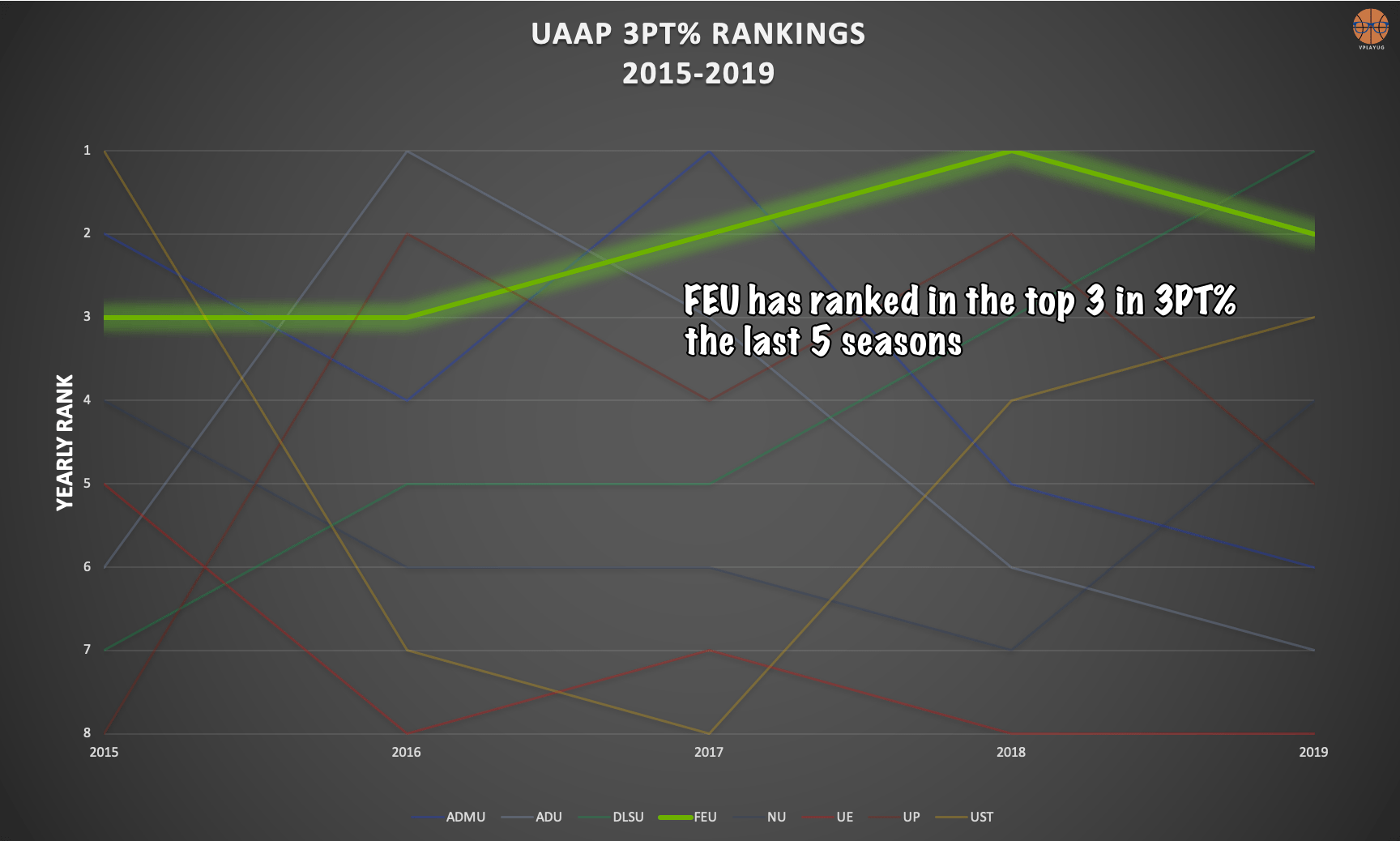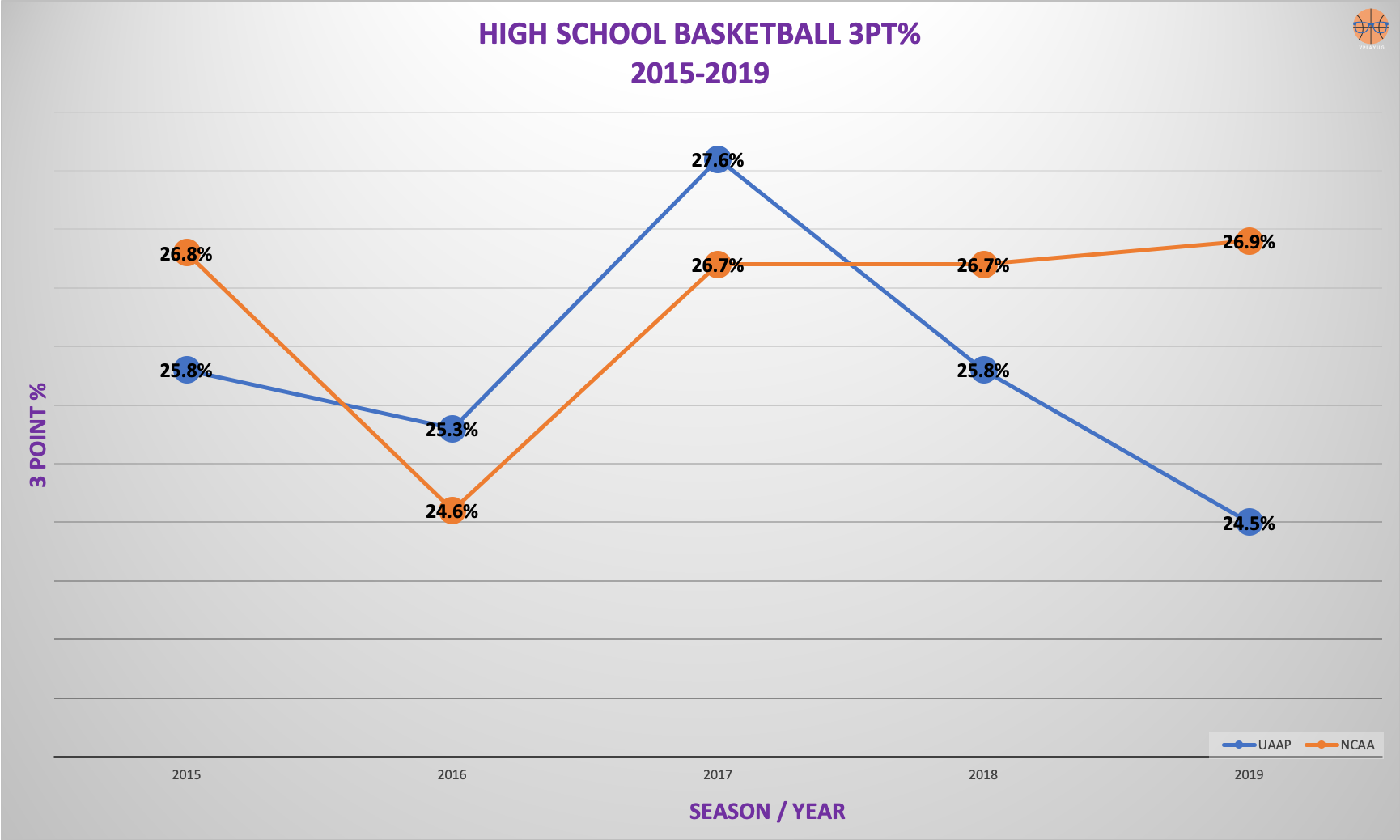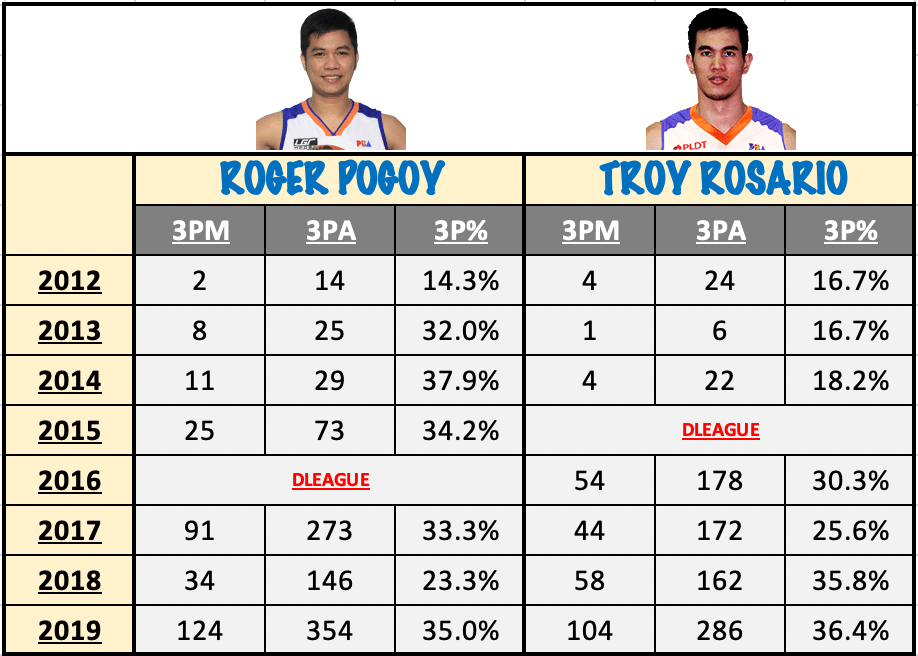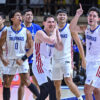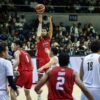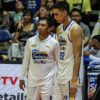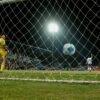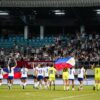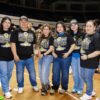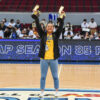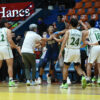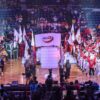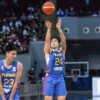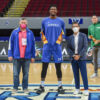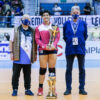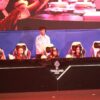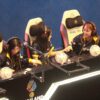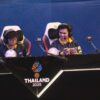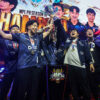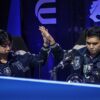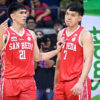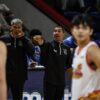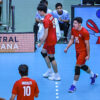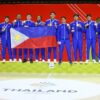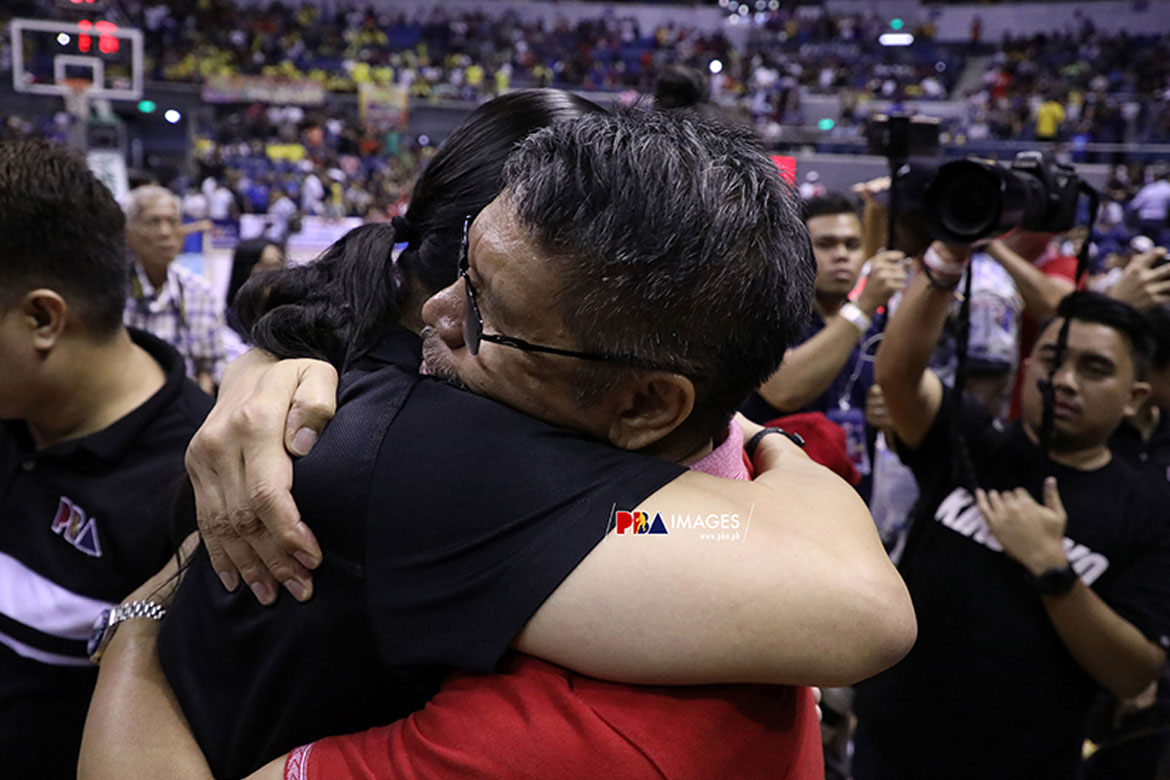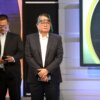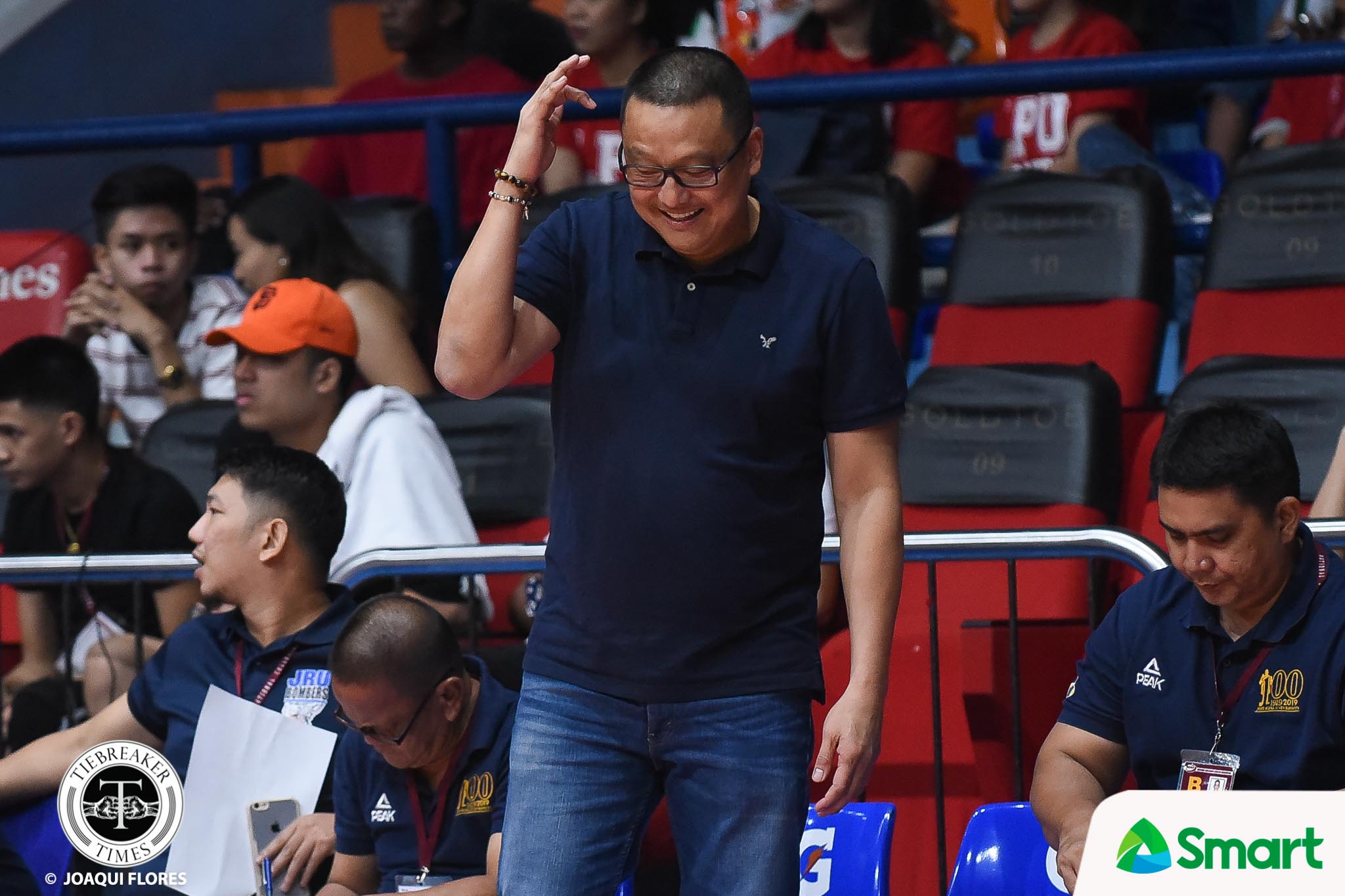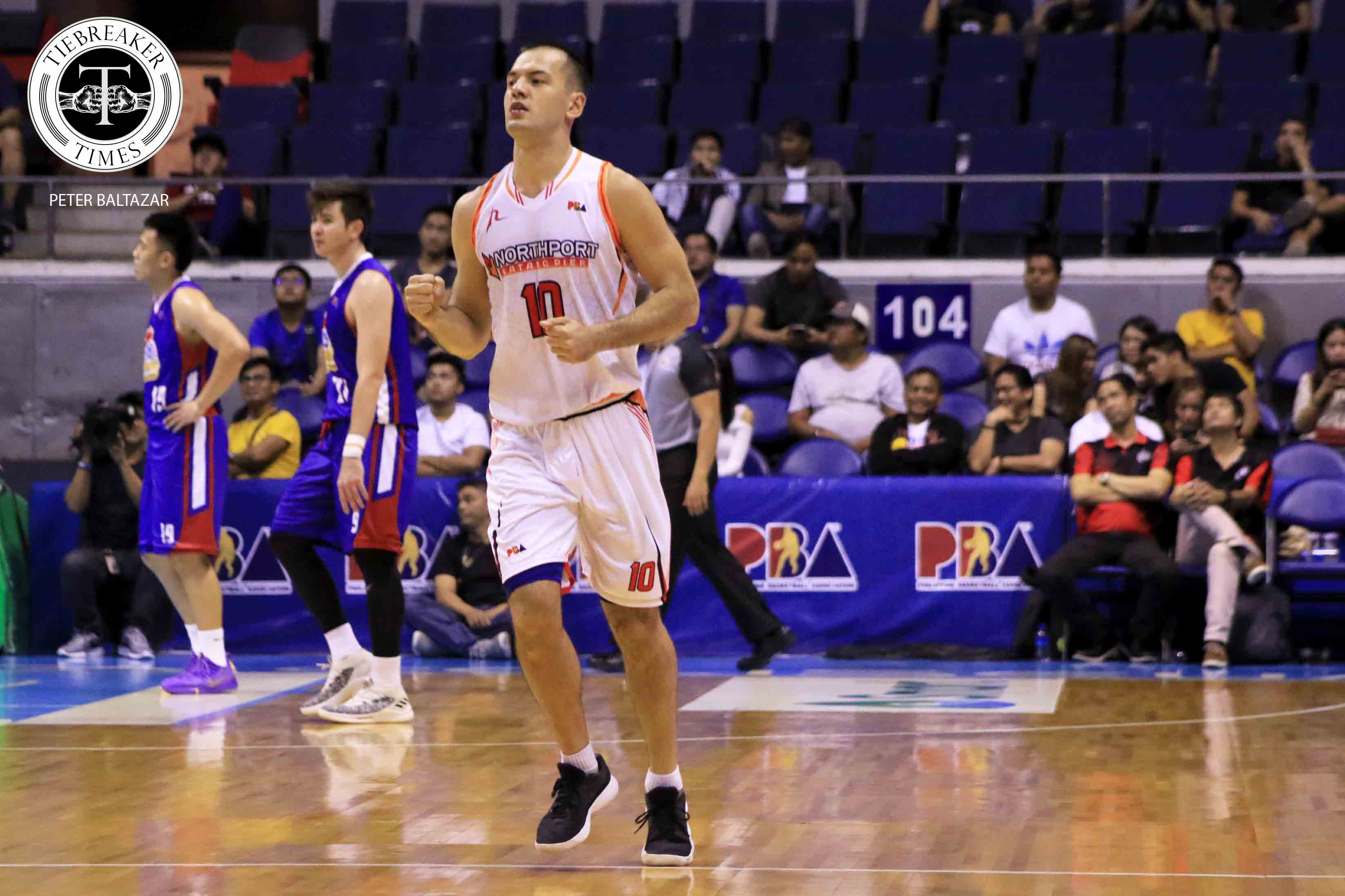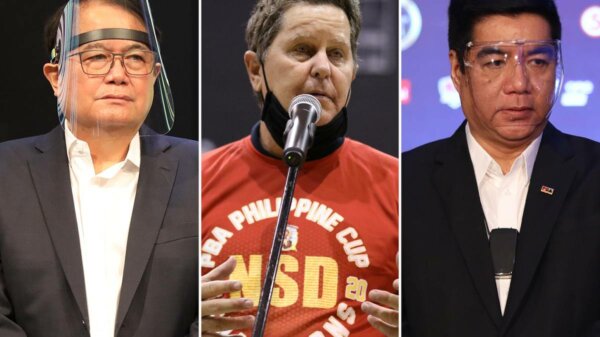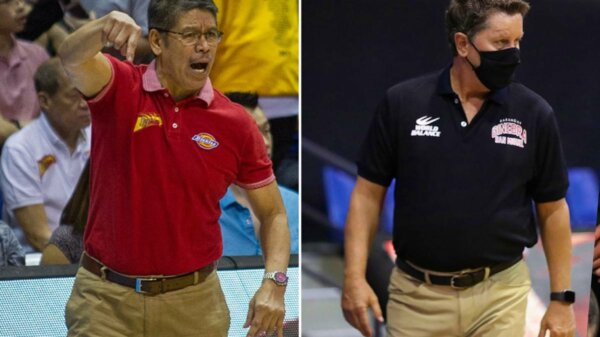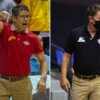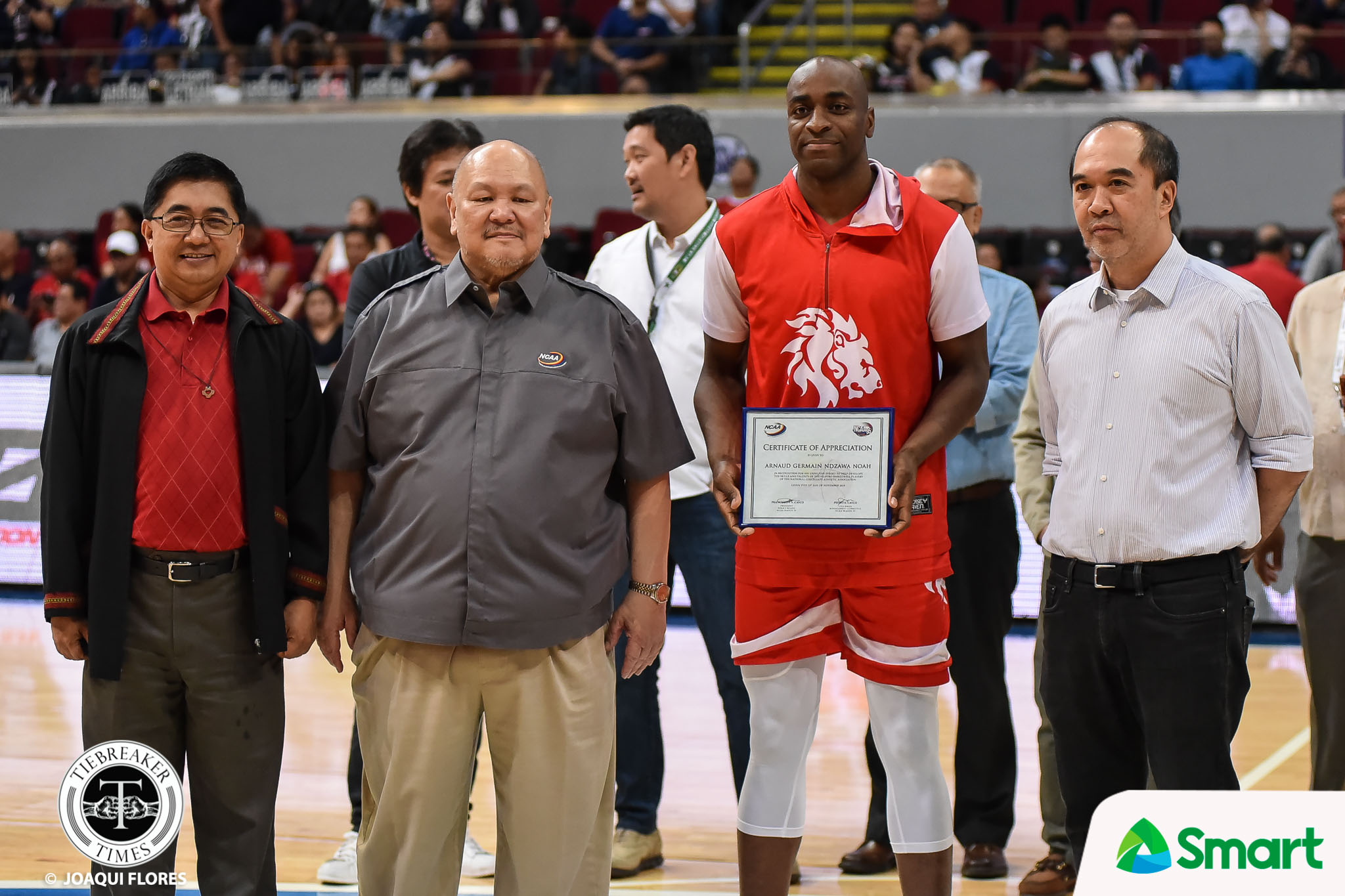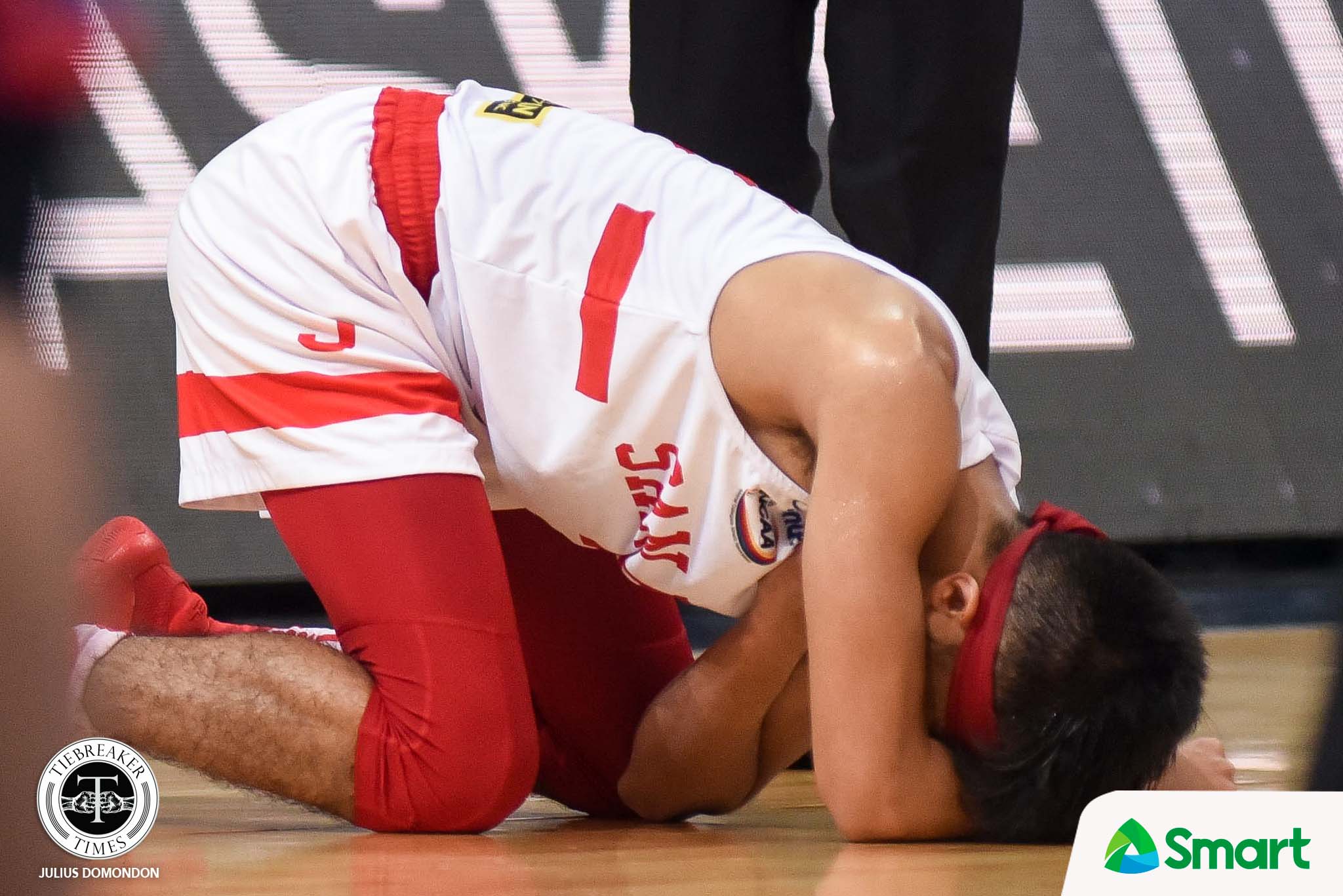The funny thing about shooters is that you always remember their big outbursts or that one big shot. All it takes is one game, one moment, and you can be labeled a shooter forever.
And then when you look at his percentages, you realize, “Wow, I didn’t realize this guy isn’t that good of a shooter pala.”
I bring this up because the question that’s been on my mind the last few days:
How important is shooting?
If shooting and stats like effective field goal percentage have a high correlation with the better offense (and in turn, winning), then shouldn’t we put a bigger emphasis on it?
Here’s my State of the Nation Address on shooting figures at all levels – high school, collegiate, and pro – in the Philippines.
The first thing I did was to confirm what pretty much every coach, player, and fan know – the basketball world is taking more and more 3s. Call it the Steph Curry effect if you want, but that’s just the way the modern game is played nowadays.
I decided to compare the shot profile of the PBA as a whole and how it compared to other leagues in our region, namely the Australian NBL, New Zealand NBL, CBA, KBL, and the B.League.
(I wanted to include Iran, but I couldn’t find any league-wide stats on the Iran Super League, at least not for the time frame that I wanted)
I looked at the last seven seasons or whatever season ended (or was supposed to end) in 2020.
As expected, all teams are taking more threes as a percentage of their total shots. Right now, the PBA is right in line with leagues like the CBA and B.League at just over 35-percent. Seven years ago, the PBA was at 27.7-percent.
Meanwhile, in the Australian NBL, three-point attempts to represent 39.1-percent of total shots to lead major leagues in the FIBA Asia region.
Now it’s one thing to take a lot of threes, but its an entirely different thing to actually make them. Unfortunately, this is an area where we still need a lot of improvement.
While we saw the largest jump in three-point attempts and three-point field goals attempted percentage over the past seven years, shooting in the PBA hasn’t improved all that much. We topped out at 33.3-percent in the 2016-2017 season, but have slowly dipped the last few seasons and last season, we were at 31.9-percent. While this was just a few percentage points behind the KBL, we are almost four-percent lower than the “best leagues” in the FIBA Asia region, which are the Australian NBL and CBA.
Our lack of shooting was also exposed in the most recent World Cup, where we shot a dismal 25.2-percent, good for second to last in three-point field goal-percentage, ahead of only Puerto Rico.
Part of it is that the players didn’t shoot what they normally shot in the PBA, with the exception of Robert Bolick and CJ Perez.
(Perhaps because they were younger players, opponent defense and scouting didn’t focus as much on them as they did the more veteran players?)
Admittedly, we didn’t play well in the World Cup, but it’s not like we weren’t launching threes – we were number six in three-point attempts per game. It might be that we just weren’t getting great looks. Perhaps the physical differences (longer arms, faster closeouts) and generally tougher shots due to good defense (fewer paint touches, less need to help, etc.) led to lower shooting percentages.
I’m a big believer that shooting will have to be one of our main weapons if want to win a couple of games and advance to the next round in the 2023 World Cup. Size won’t as much of an issue for us, as we are getting bigger at every spot, especially upfront with prospects like Kai Sotto and AJ Edu. Now we need to compliment that size with the better shooting.
We don’t even need to be that great – after all, Spain won the World Cup after shooting 31.7-percent from beyond the arc, ranking 19th in the tournament. We just need to be more consistent.
Like all other coaches, I don’t think getting better at shooting is simply going to happen overnight – it’s going to take time. Moreover, I think the improvement in our shooting numbers will have to begin at the younger levels, especially in the collegiate and HS levels.
Just like the pro leagues, more and more teams at youth levels are shooting threes. The actual results though are mixed.
It’s not too bad, with more than a few NCAA teams actually shooting above 30-percent last season to boost the league average to that mark.
Meanwhile, while the league as a whole has been on a downtrend, we did see future pro prospects like Jamie Malonzo, SJ Belangel, and Ken Tuffin all top 39-percent from beyond the arc on decent volume.
I also want to highlight that FEU seems to be doing something right. They’re consistently near the top of the league every year in three-point shooting percentage.
FEU has ranked in the top three in the league every year for the past five seasons. Makes you wonder what Coach Olsen Racela and brother Coach Nash are having their boys drink over there in Diliman.
Moving on, let’s see how we’re shooting at the Juniors level.
What’s odd is that we’re seeing a downtrend in three-point percentage in the UAAP Juniors. I talked to one UAAP Boys’ Basketball head coach about how this pandemic will affect players’ games. One positive that might come out of it is that with most high school players going back to ground zero, coaches can now work on rebuilding their shots and enforce good habits.
Speaking of players rebuilding their shots, the good news is that even if a player is not a good shooter in high school or college, if he puts in the work and practices proper technique, he can get better.
Two of the best examples are Gilas mainstays Roger Pogoy and Troy Rosario.
Roger was a four coming out of high school who transitioned to become a three in college. Troy, on the other hand, was more of a “traditional” big in college but evolved into a wing and stretch big in the PBA.
Here are their shooting numbers over the years:
As you can see, their shooting numbers have increased dramatically over the years. How do you go from shooting below 17-percent on low volume in 2012 to becoming two of the best shooters in the pros?
Hard work.
I’ve talked to a bunch of coaches about shooting the past week, asking them what they believe makes a great shooter. All of them said the same thing – gotta put in the work and get your reps.
Another example is a guy like Paul Lee. I’ve heard stories about him at both Rain or Shine and Magnolia of how he’d rent a court for himself to shoot before and after practice. He regularly shoots hundreds of shots every day to keep sharp, sometimes hitting as high as a thousand shots in one day. It’s no surprise to me that he’s one of the better shooters, one with a mad range at that.
The reason I went through the trouble of going through all these stats is that I want to raise awareness on it. Yes, our high school and college players are slowly improving and taking more threes, but will it be enough? After all, our FIBA Asia counterparts are also hard at work.
The FIBA World Cup is three years away – can we improve our marksmanship to the level that will help us be more competitive against the top-flight competition? Only time will tell.

